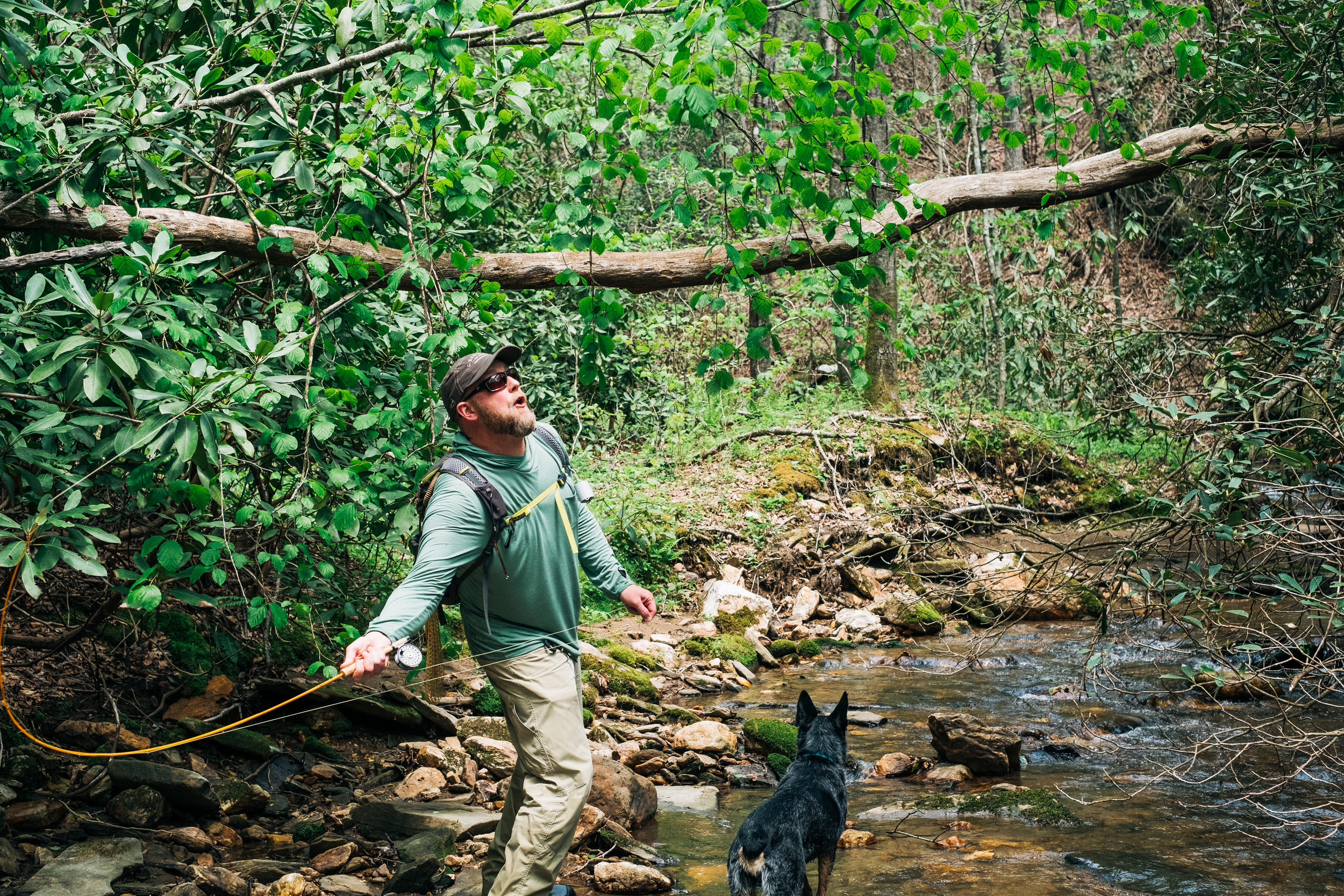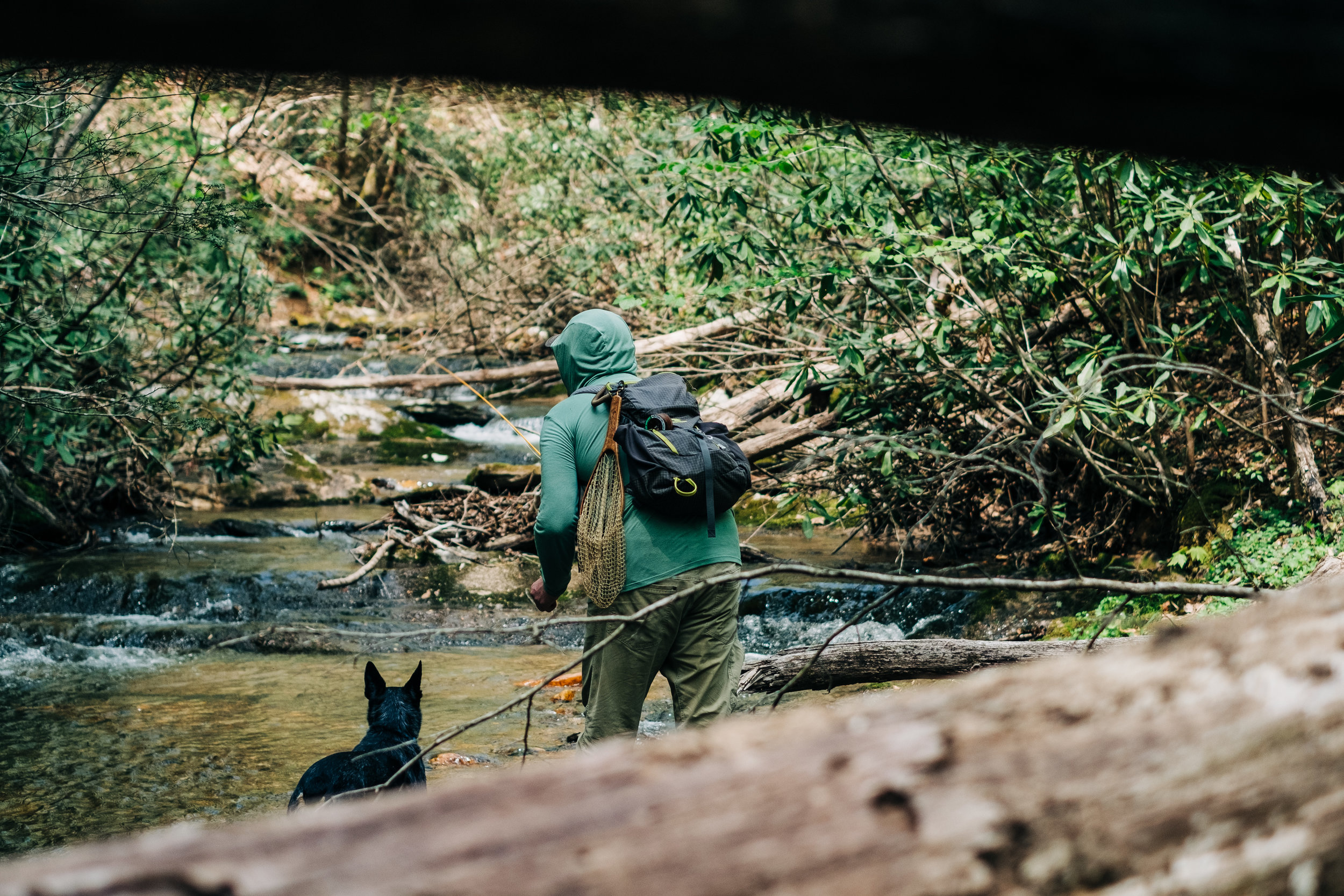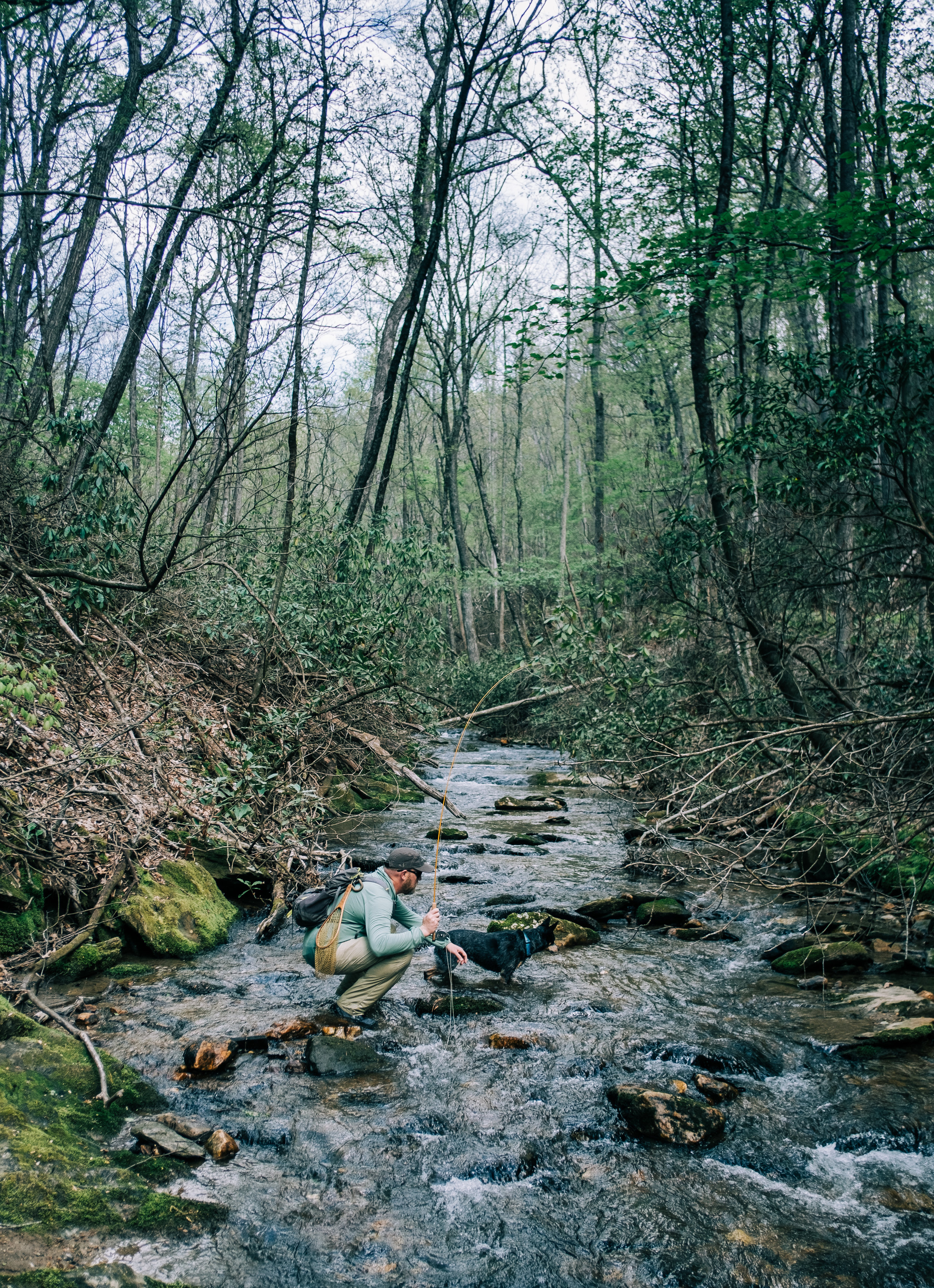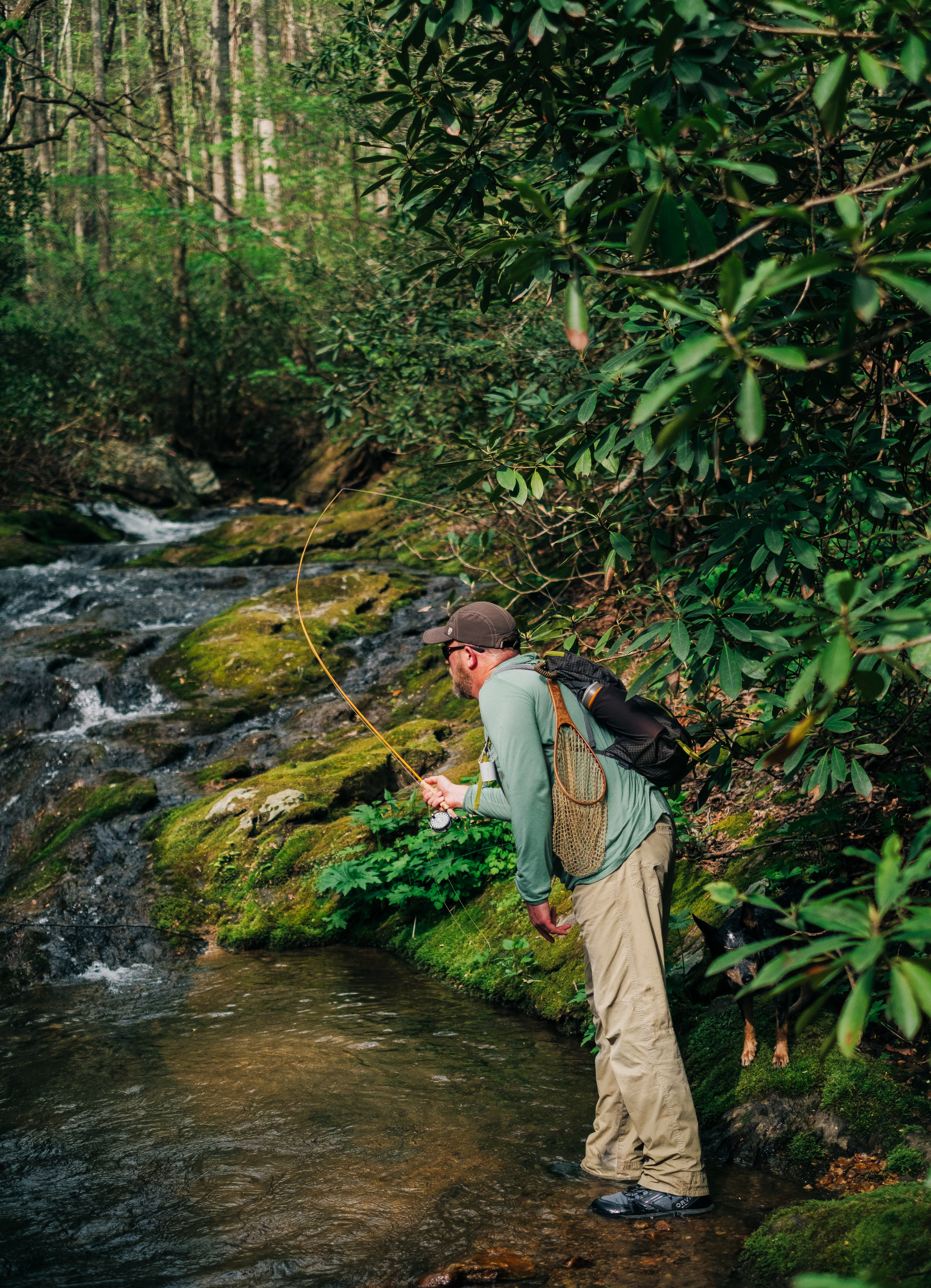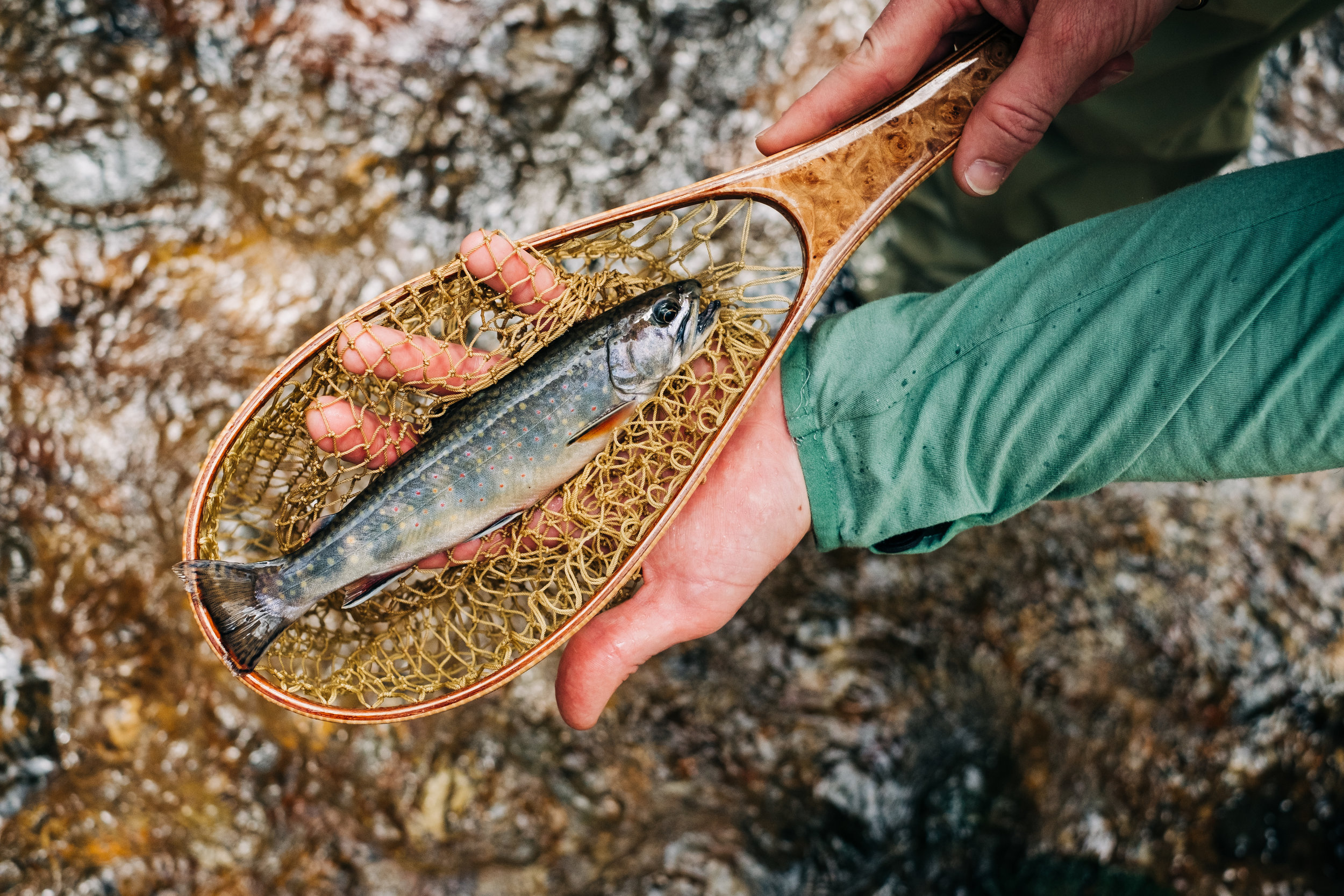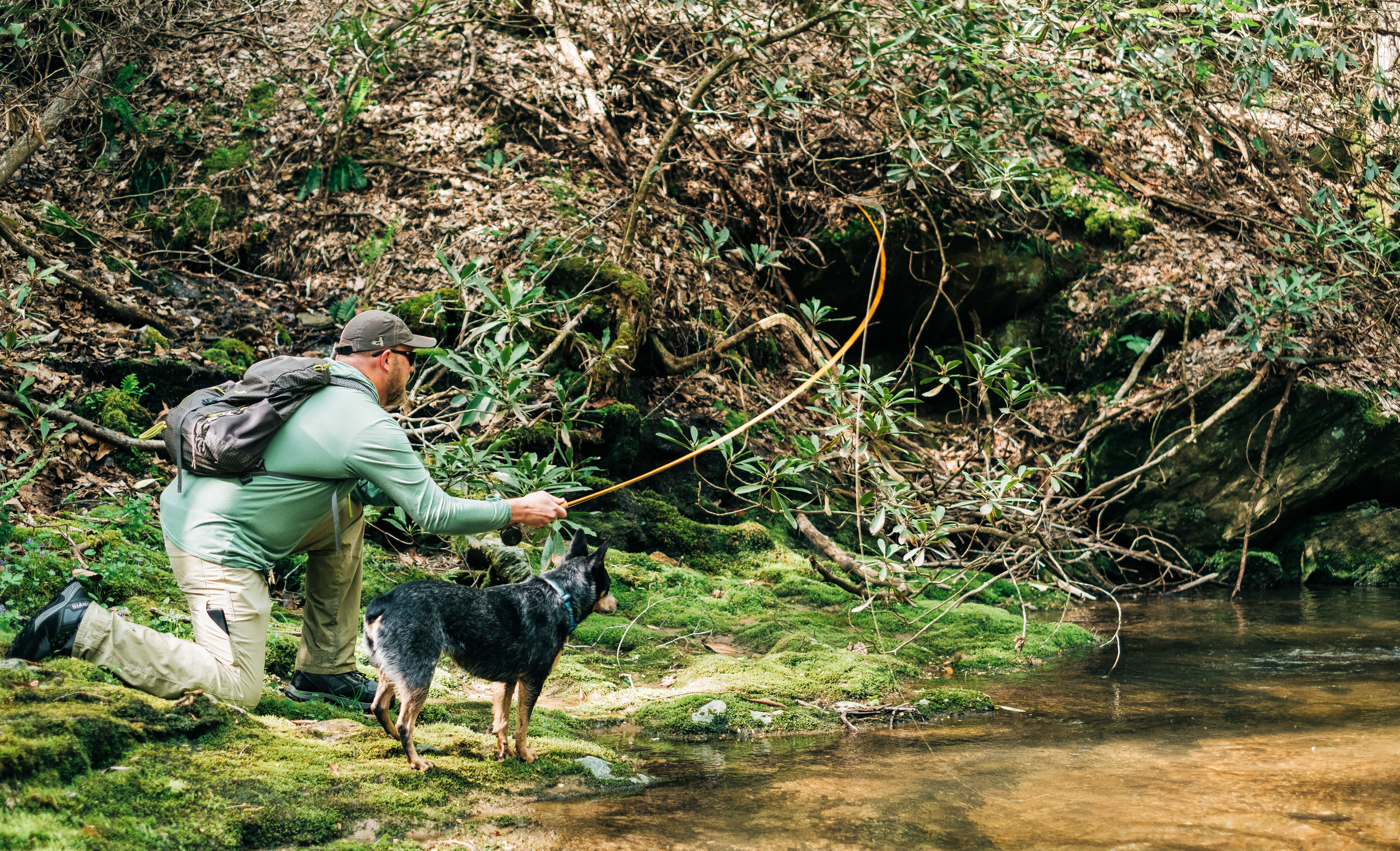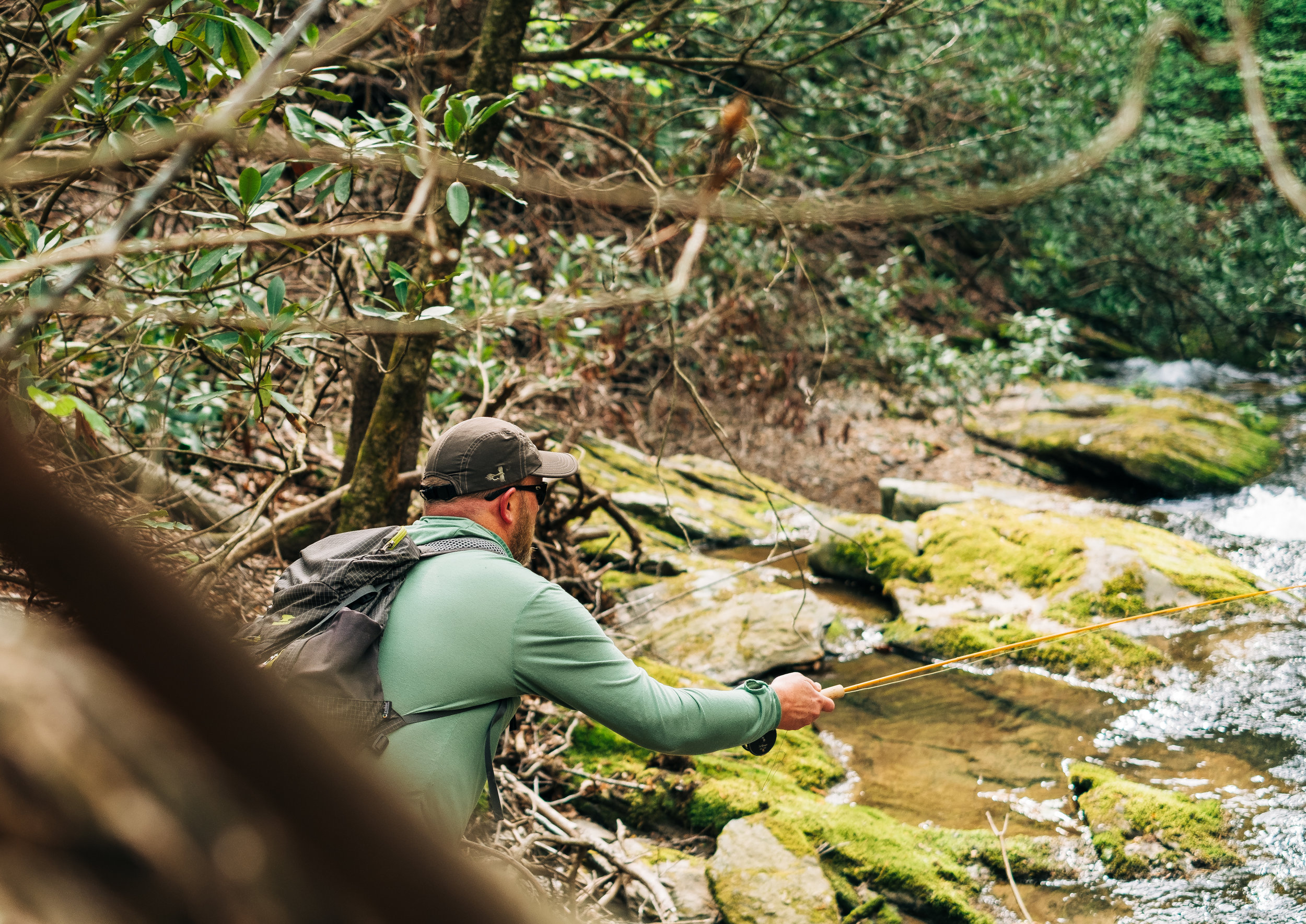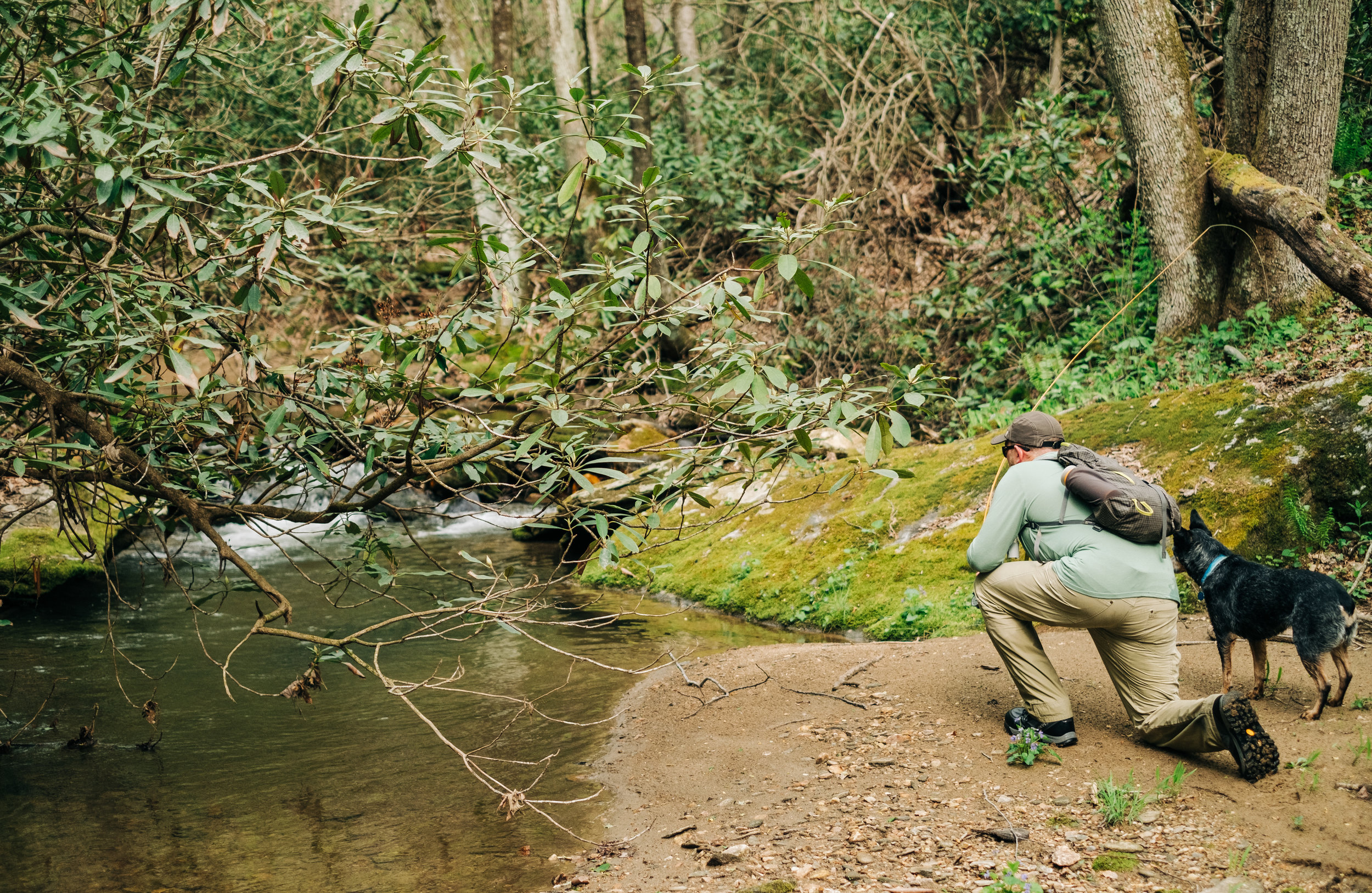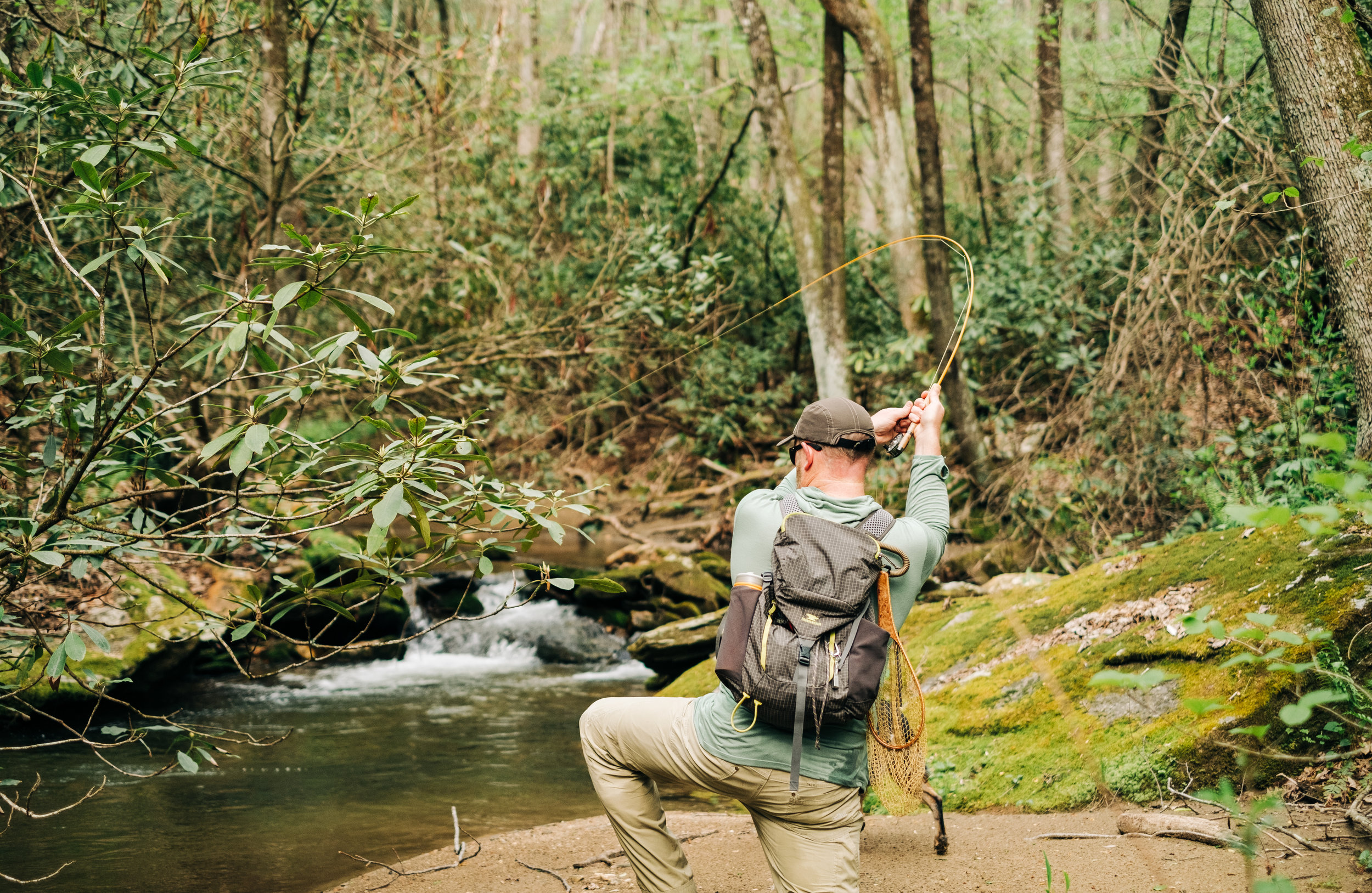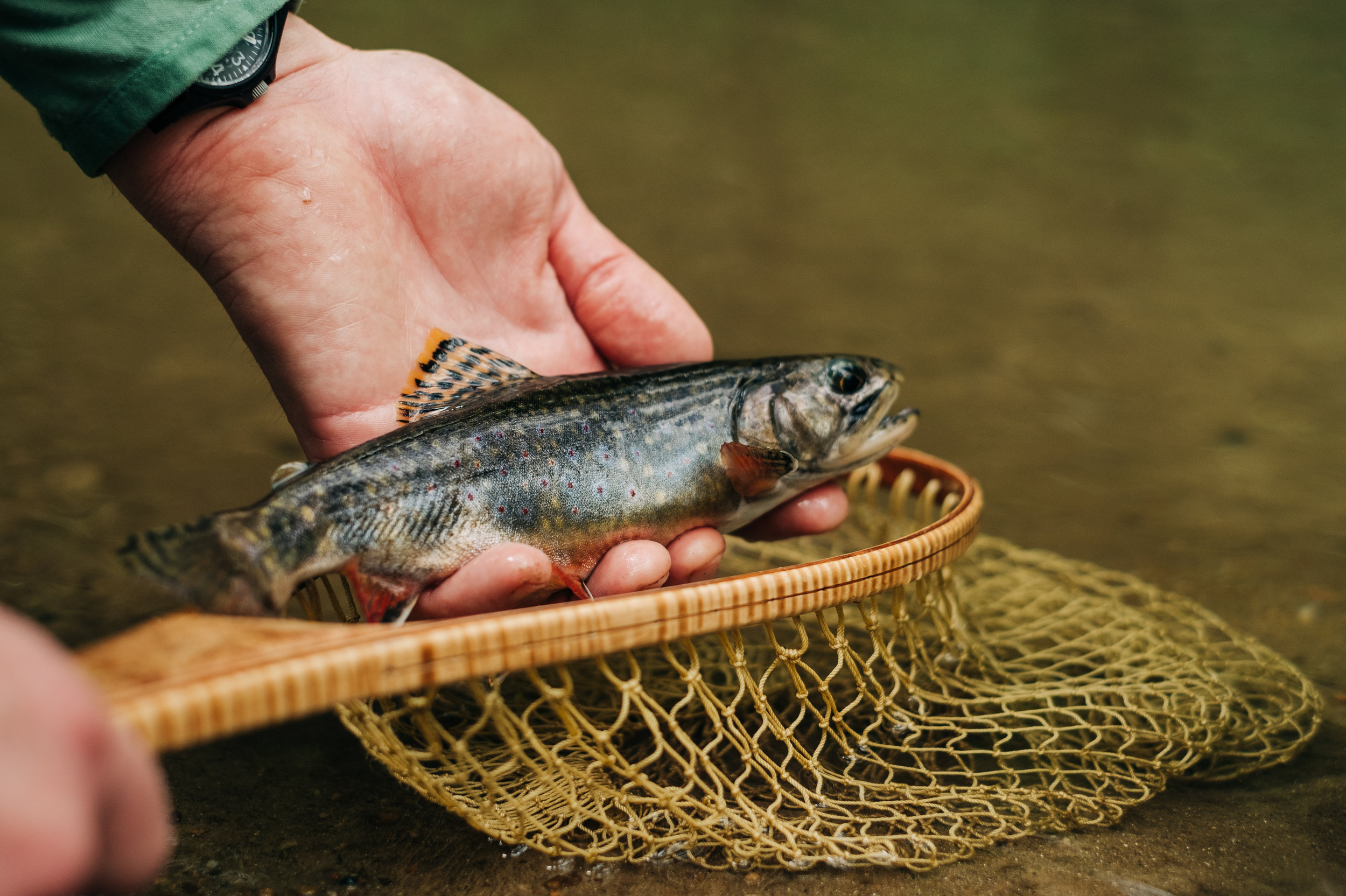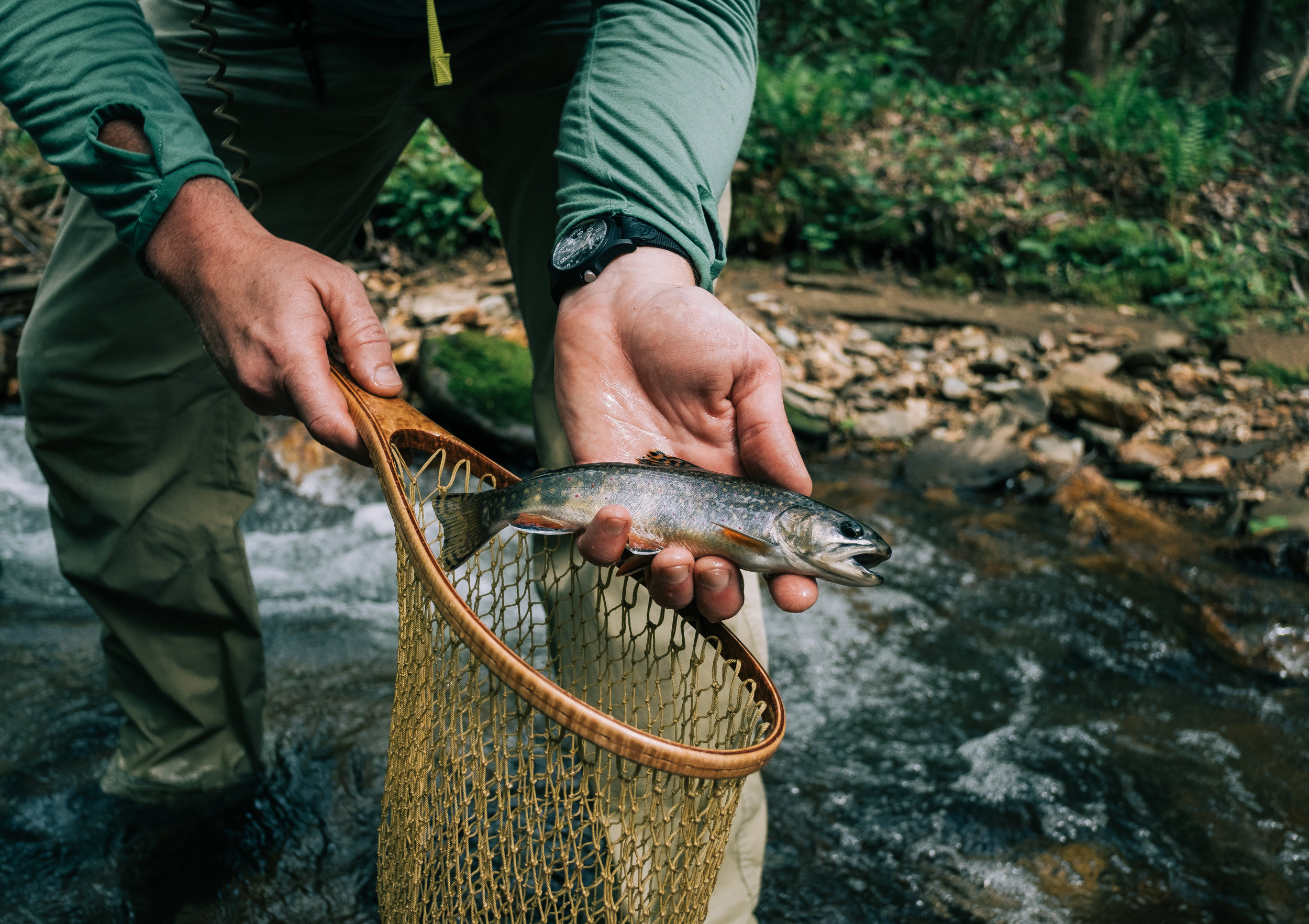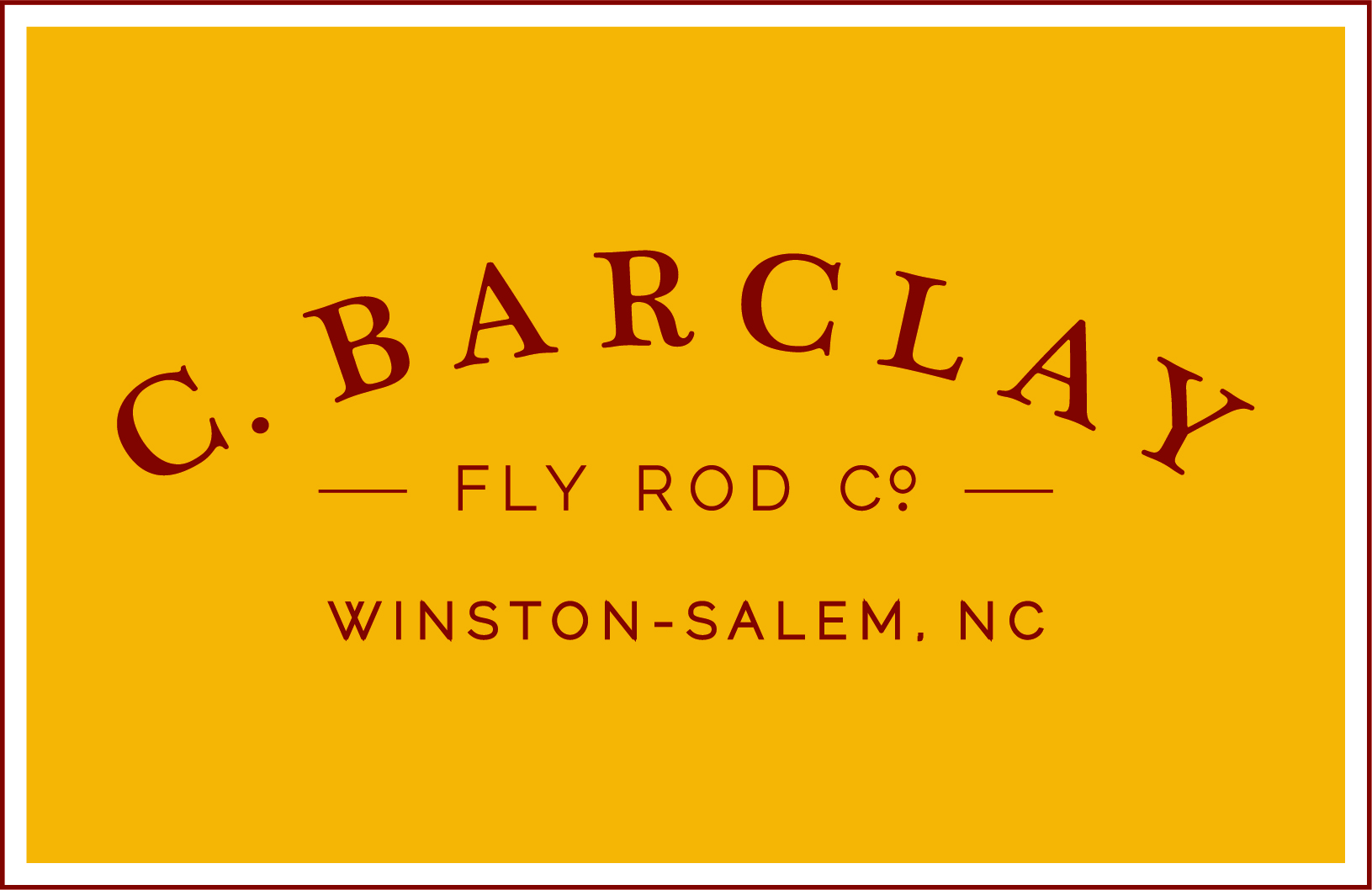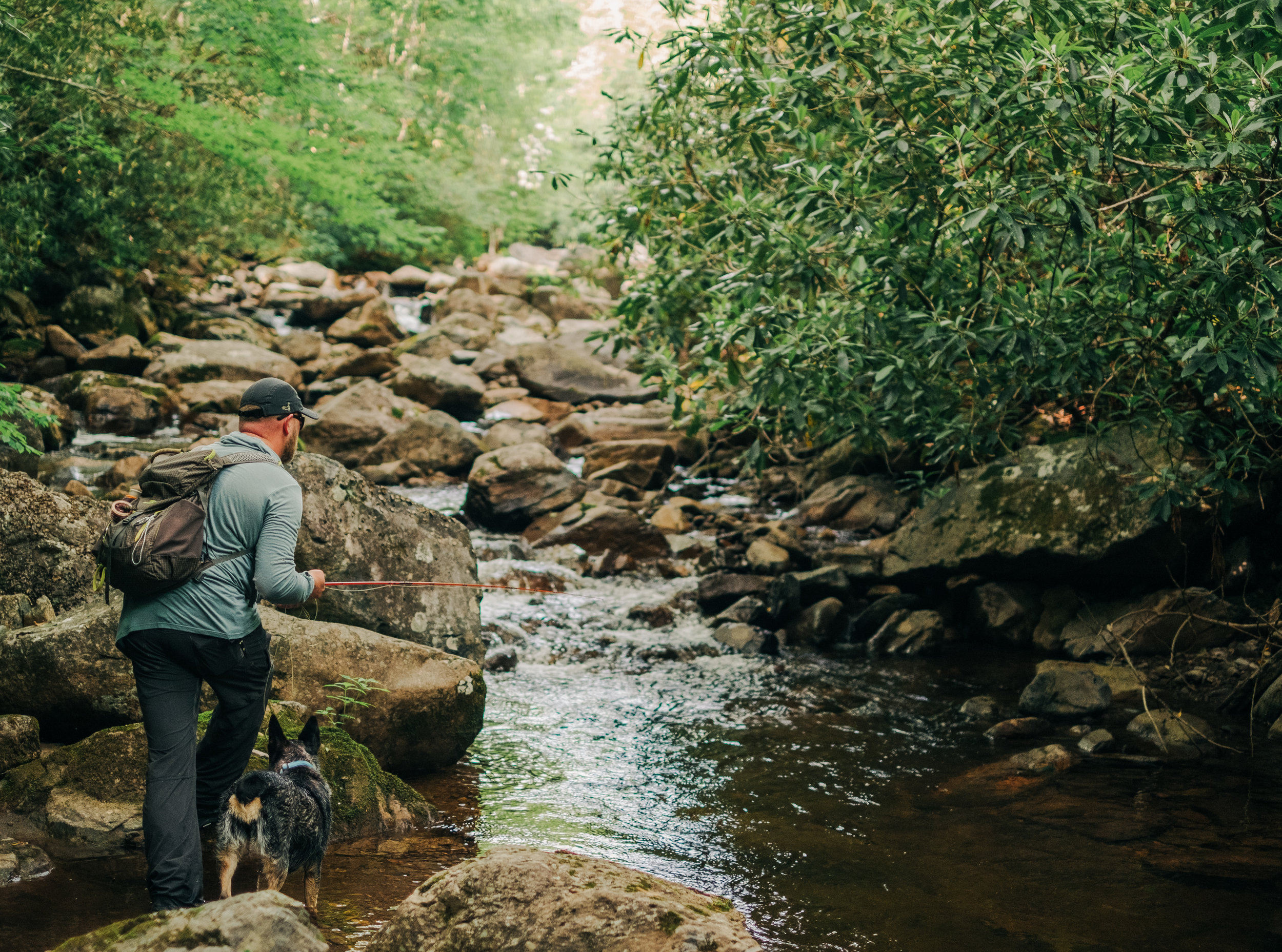The Blue Ridge Special
The Quest for the Perfect Three Weight
Ever since I moved to North Carolina (three summers ago) I have been enamored with the Blue Ridge Mountains. The very first place I explored was just off the Blue Ridge Parkway, north west of my new home in Winston-Salem. It was July, and hot, and not ideal conditions. But … I loved it.
From that first exploratory trip I knew I needed to come up with a rod specifically for these environs. Something that could point and shoot a dry fly into little eddies and pockets with only 2 feet of line out of the tip but also accommodate a hands-and-knees approach and 30-foot cast to the bubble line at the base of a waterfall. It also needed to be able flip a small streamer or weighted nymph into a narrow, deep run.
That's a lot to ask of a sub-7’ rod.
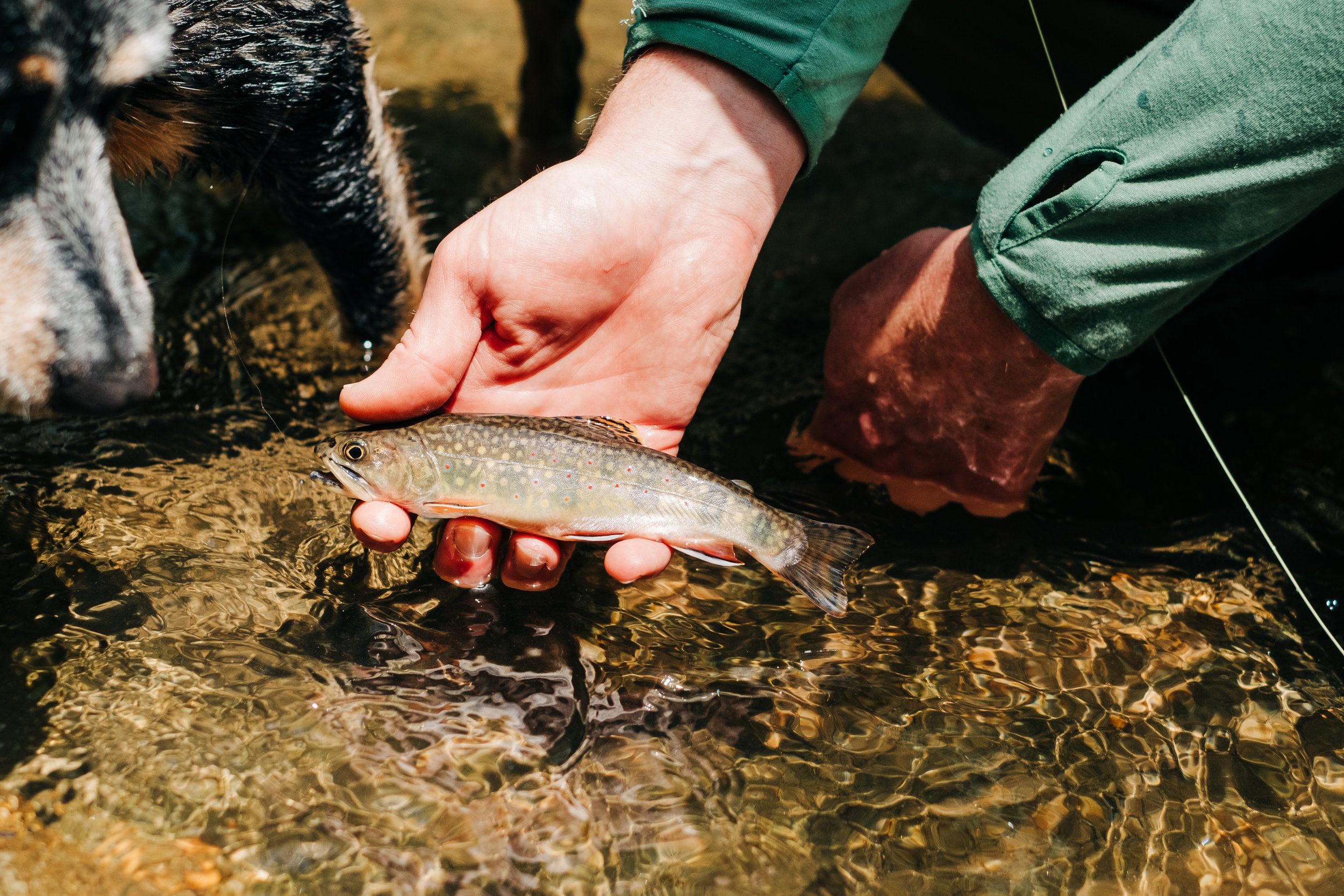

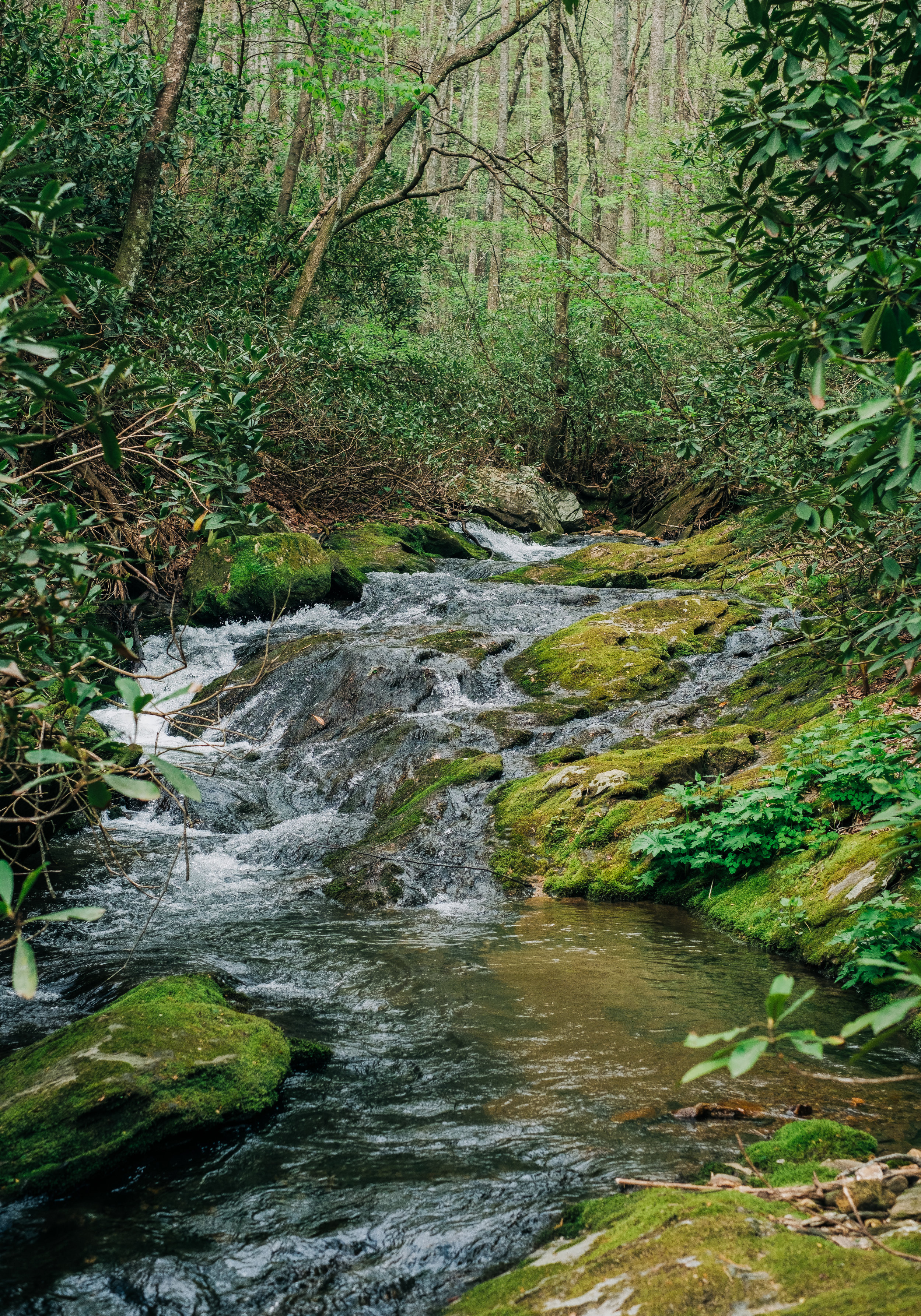
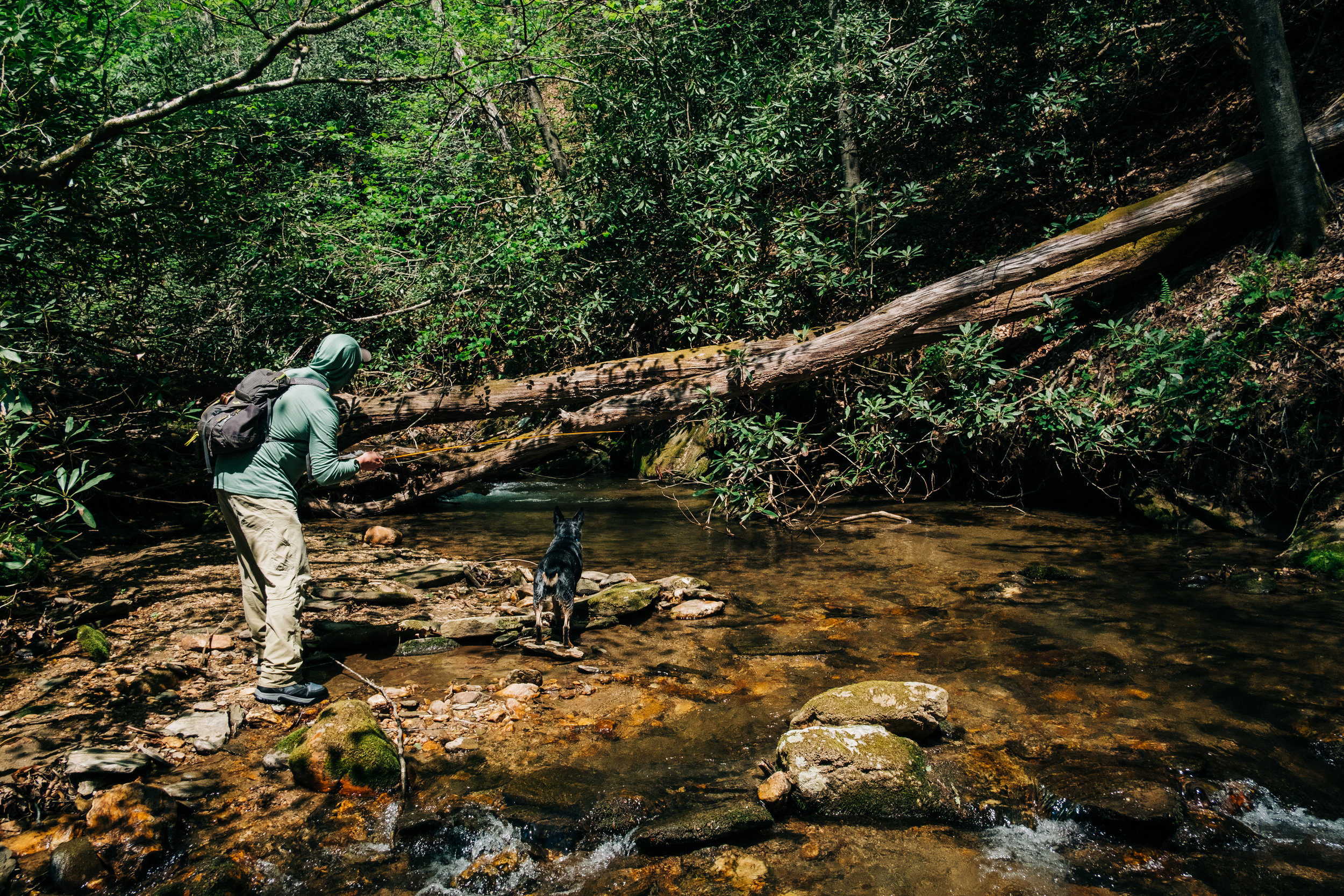
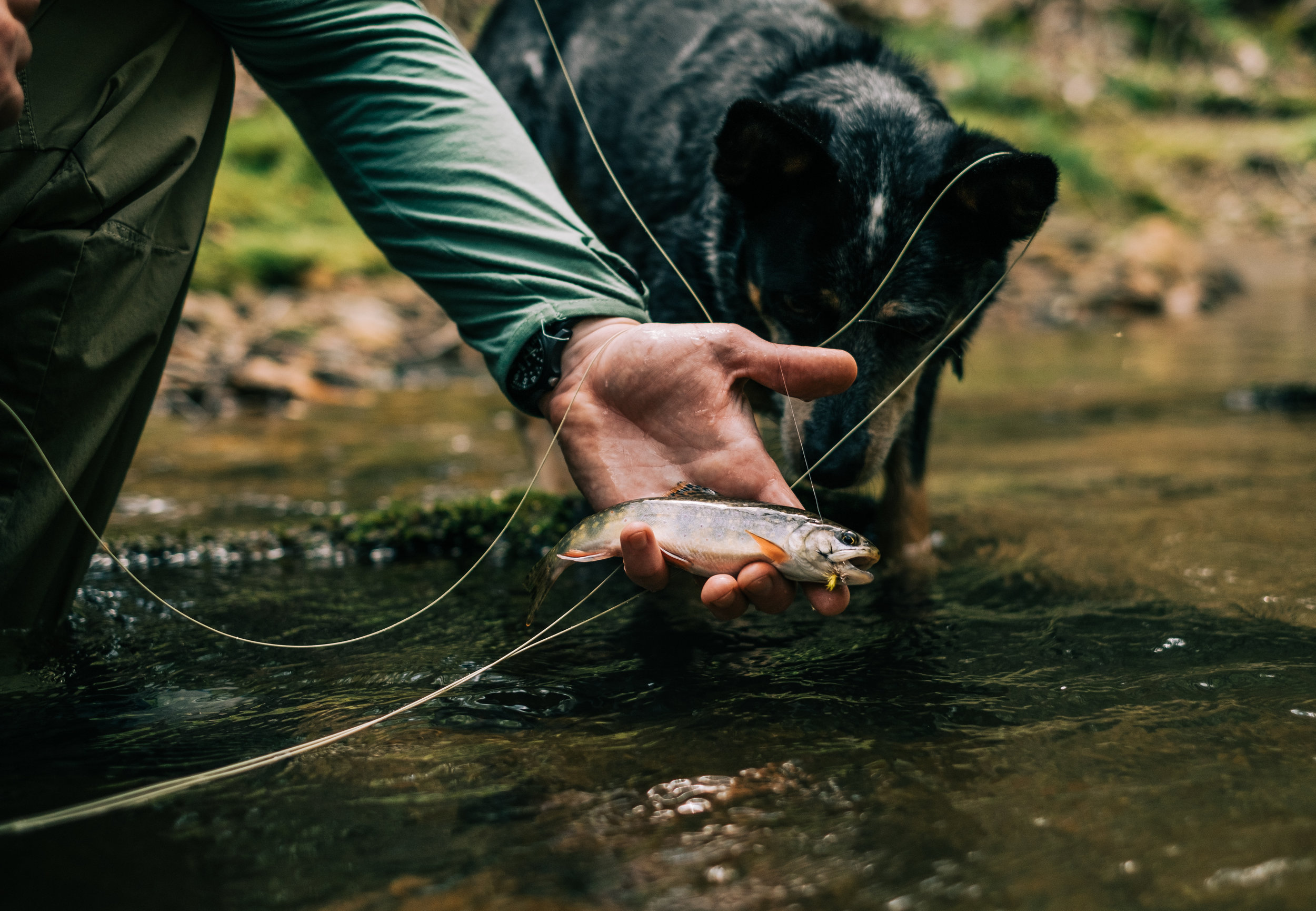
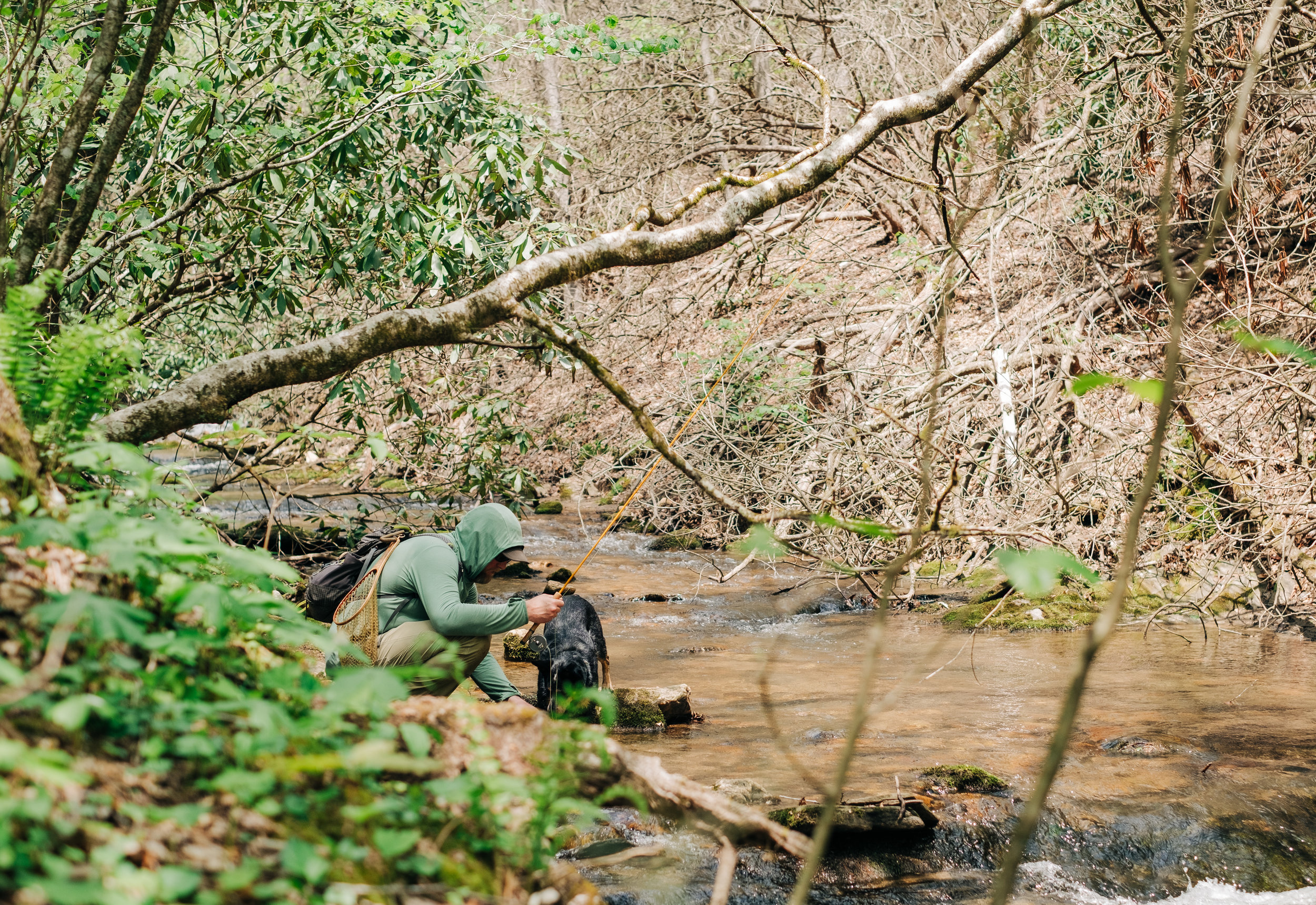
Historically, I’ve favored a 4-wt for small water (see, for instance, the “Driftless Special”), mostly because I would need to deal with wind from time to time. But in the Blue Ridge, wind isn't a big consideration so I figured a 3-wt would do nicely. Especially if the rod could handle a 4-wt line as well.
The Blue Ridge Special and the Brushy Creek Special
I ended up settling on a 6'8" length in a 3-wt. I was thinking six-and-a-half or under, but wanted a little reach. Over 7’ could be a bit frustrating, whacking on the laurel and rhododendron in the tight spots.
It needed to have a fast enough taper to form tight loops quickly, to weave the line and fly in the tight spots under branches. But also enough flex to retain that all-important “soul” at any casting distance.
I wanted the rod to be a recognizable, and cornerstone member of the Synthesis line I began designing in 2016—progressive at short to medium distances, semi-parabolic when shooting a lot of line, and with a quick and stable tip recovery for accuracy.
As for material, fiberglass was a given. While I have built many graphite and bamboo rods, I always default to glass for my own designs. And for small waters and light lines, there really is no other good option.
In my opinion fiberglass, specifically e-glass, shines brightest on bluelines, those overlooked streams tumbling through rocky, untracked terrain. You can overpower a roll cast and accidentally hit the tip on a rock. You can slip on a rock and, in mid-fall, toss the rod to safety on a mossy boulder and not worry about breaking the blank. It's durable and reliable. And with a tip-over-butt ferrule system it's easy to replace a section in the unlikely event of a terminal break.
Over many months, I worked with my blank maker to hone the design. After lots of (admittedly enjoyable) R&D, I settled on two tapers that I love. Deciding on which design to market and build was very difficult.
The faster or slower?
There ended up only being about a 10 percent difference in the action between the two rods, and when I put the rods in the hands of friends and strangers the opinions were split. I ended up going with the faster version, dubbed the “Blue Ridge Special,” and reserved the lighter version for an 'off menu' option. That lighter version, the 68L or “Brushy Creek Special,” ended up gathering quite a following from England to California, but especially in Texas, of all places. There are probably 18 of them in the Texas Hill Country alone.
Now, nearly two years later and having fished both rods extensively across the United States in both warmwater and coldwater environments, I have started to lean on the light version most of the time.
A Good Problem to Have—and an Even Better Solution
I like to think I'm a simple and uncomplicated person. I believe in truth in advertising and giving good value for the money people exchange for the fishing poles I make. Most importantly, I want to be sure any rod I design and build for a customer is the right rod for that person and the fishing he or she will be doing.
To be honest, I have struggled with having two 6'8" 3-wts in my lineup, even though one isn't listed. But recently I had a revelation. I thought to myself: “Self, why not make the Synthesis 68 a 4 piece rod?”
So there. Decision made. Easy to pack, still around 2 ounces overall weight, and it can fit in a backpack as a second rod.
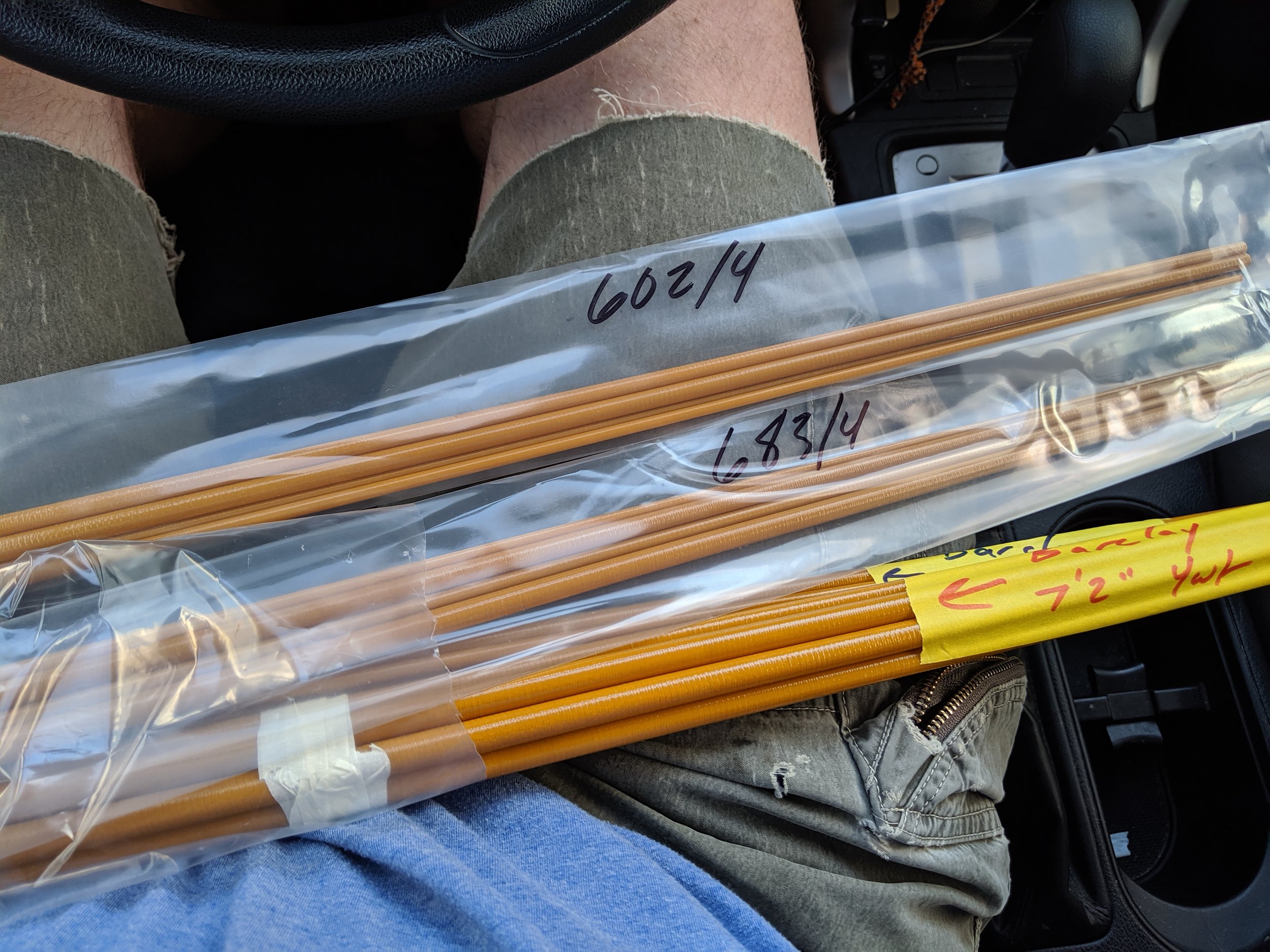
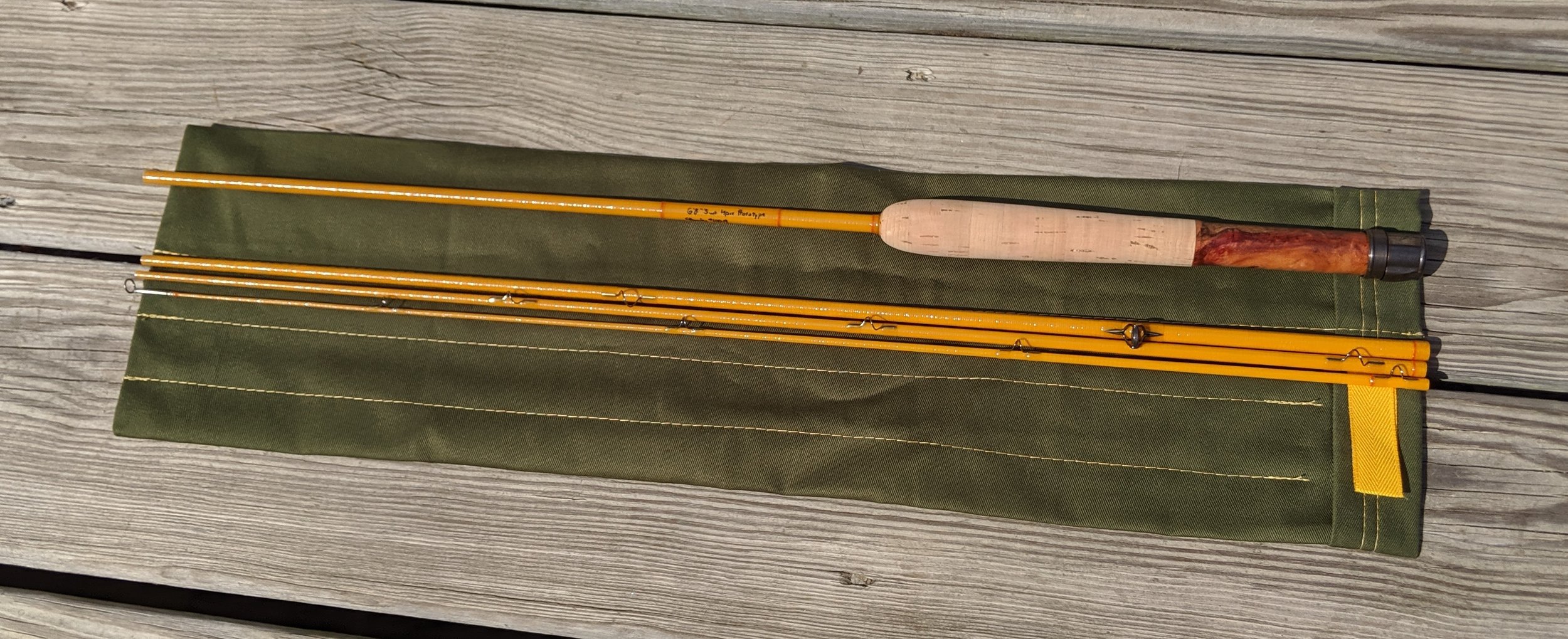
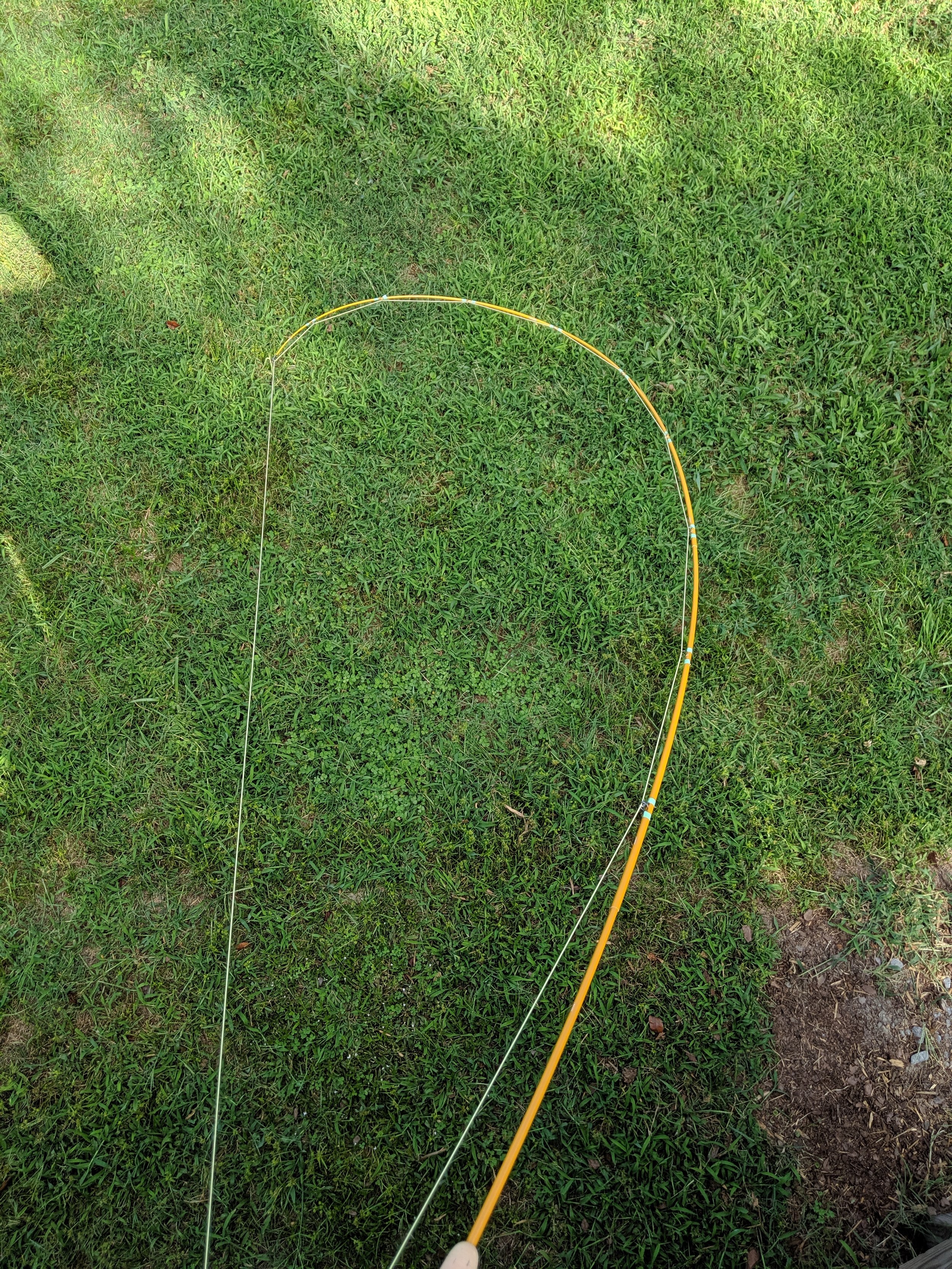

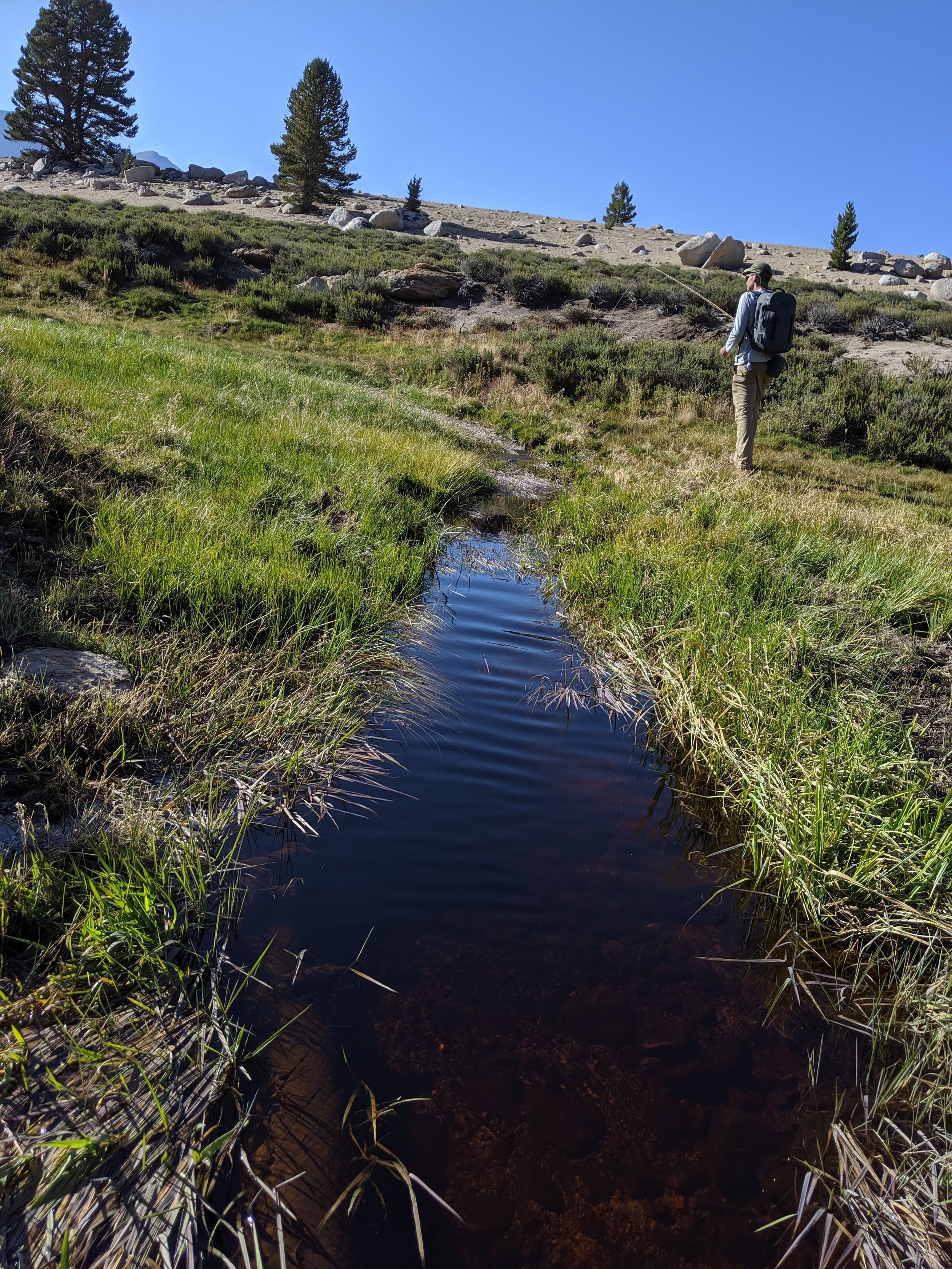
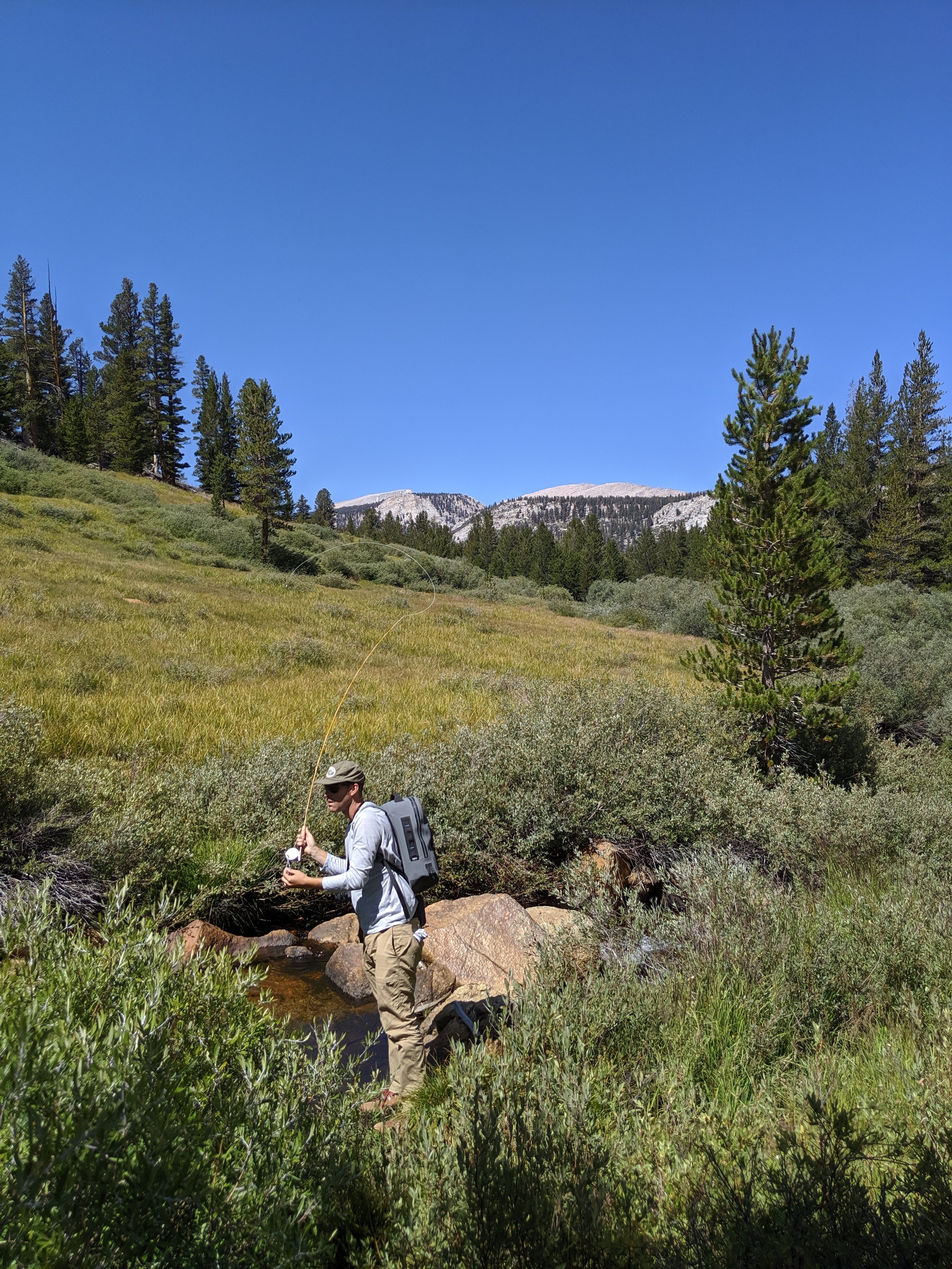
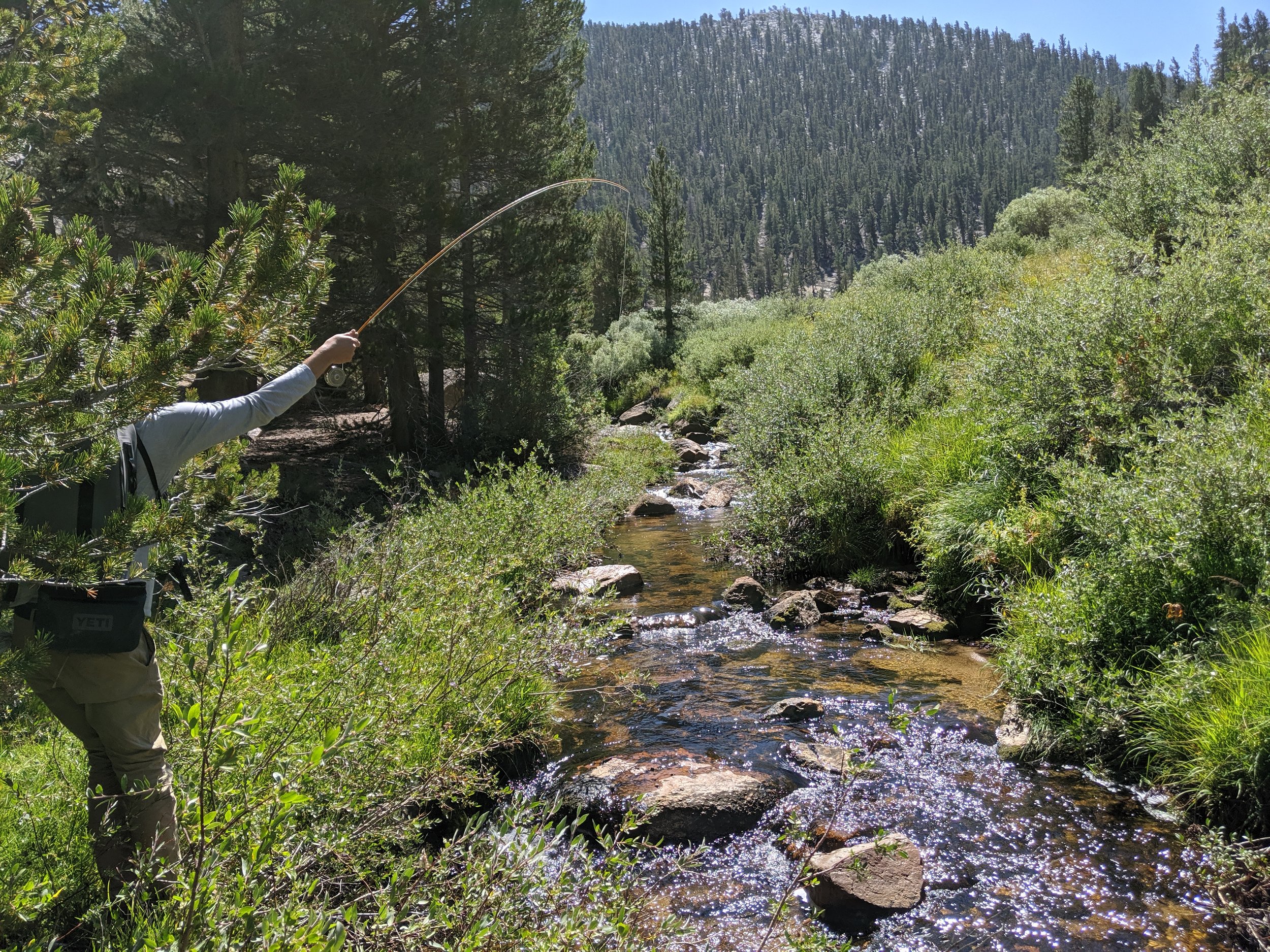
After working through the technical issues of replicating the action of the 3-piece, 3-wt in a 4-piece rod, I drove 12 hours roundtrip to pick up the blanks, figured-out guide spacing, turned grips and inserts, wrapped and varnished the rods, and had prototypes ready to fish by the time documentarian and good buddy Dave Fason and I headed to California for a mid-week Golden trout adventure (read about that here for part one, here for part two about the rods) and here for the little summary.)
As I mentioned in my previous blog posts about that trip, I never got to fish the 4-piece 3-wt. Dave bogarted that rod. It was useful, though, to watch him fish it and to get his feedback, since he has a lot of experience with the other two 3-weights. Dave gave it a thumbs-up (just one, because I couldn’t pry his other hand off the rod).
My Impressions
This past week, after a lot of arms-length wriggling and flexing, I got to actually fish the rod for the first time. I did this by packing lots of beef jerky and trail mix to distract Dave. We returned to a creek we haven’t fished in a while, and ended up having one of the best days I can remember.
I put the rod through its paces, caught tons of native brookies (including two 10-inch fish, true trophies for these waters), and made mental notes on the rod’s performance and characteristics as I hiked out. But maybe my reaction is best summed-up in the texts I sent to a friend in Texas on the drive home.
“The 68-4 is incredible. Not sure how it’s possible, but I like it better than the 3-piece. It’s more responsive, but feels identical. Weighs a tenth of an ounce less, too. I could not be happier with the rod … it’s somehow an extension of me. It’s creepy cool.” When I mentioned to Dave what I thought about the rod, all he said was ‘I told you.’
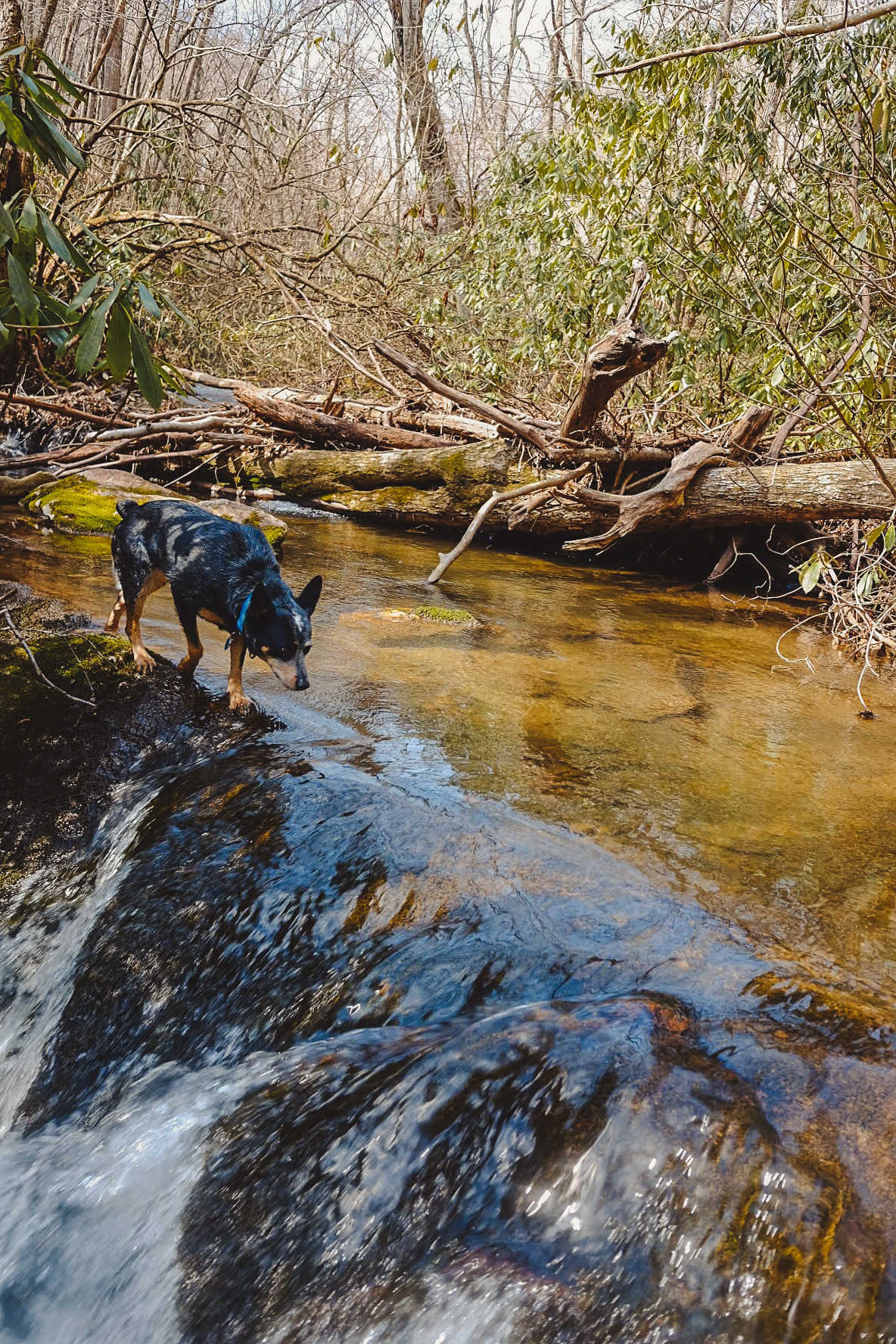
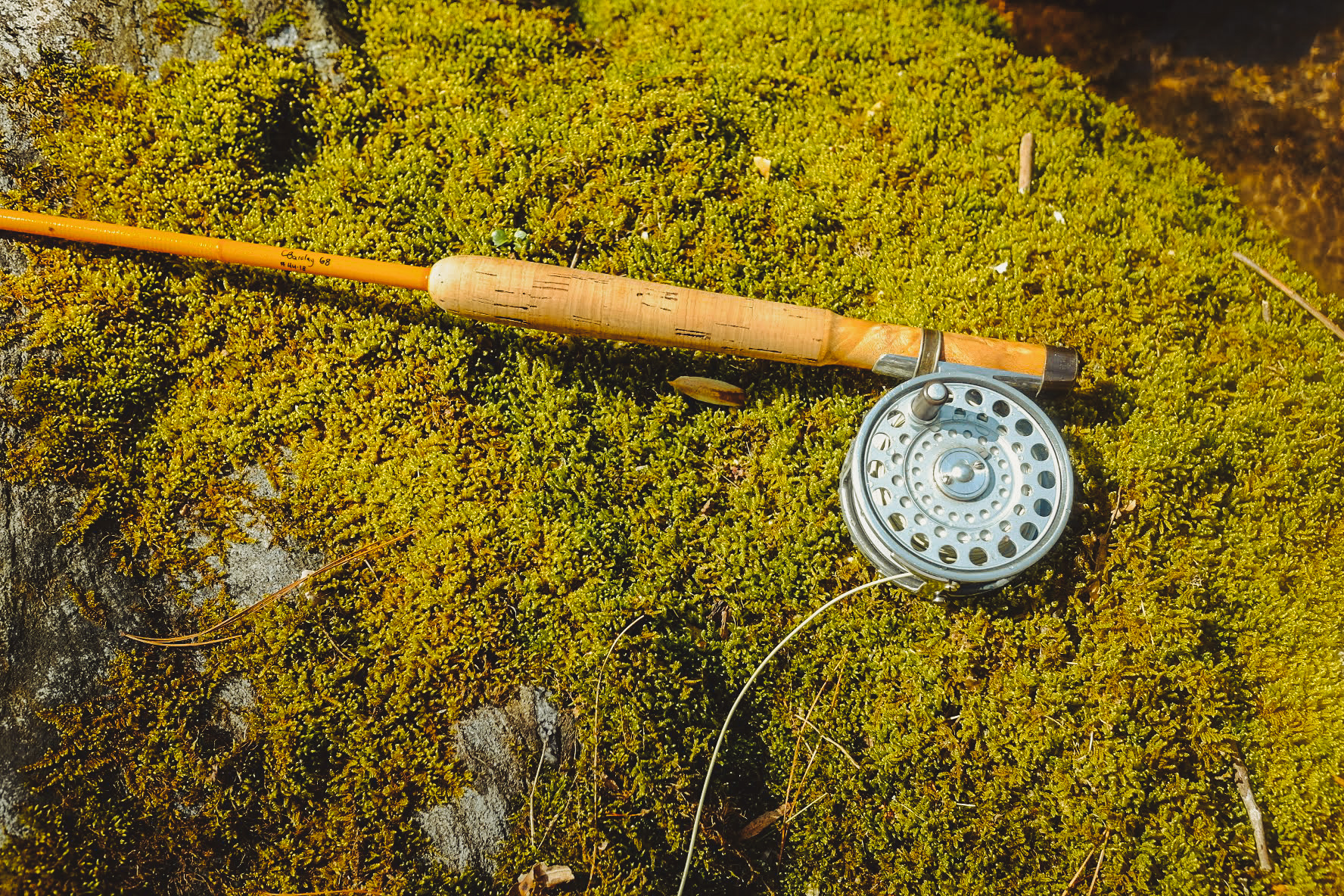
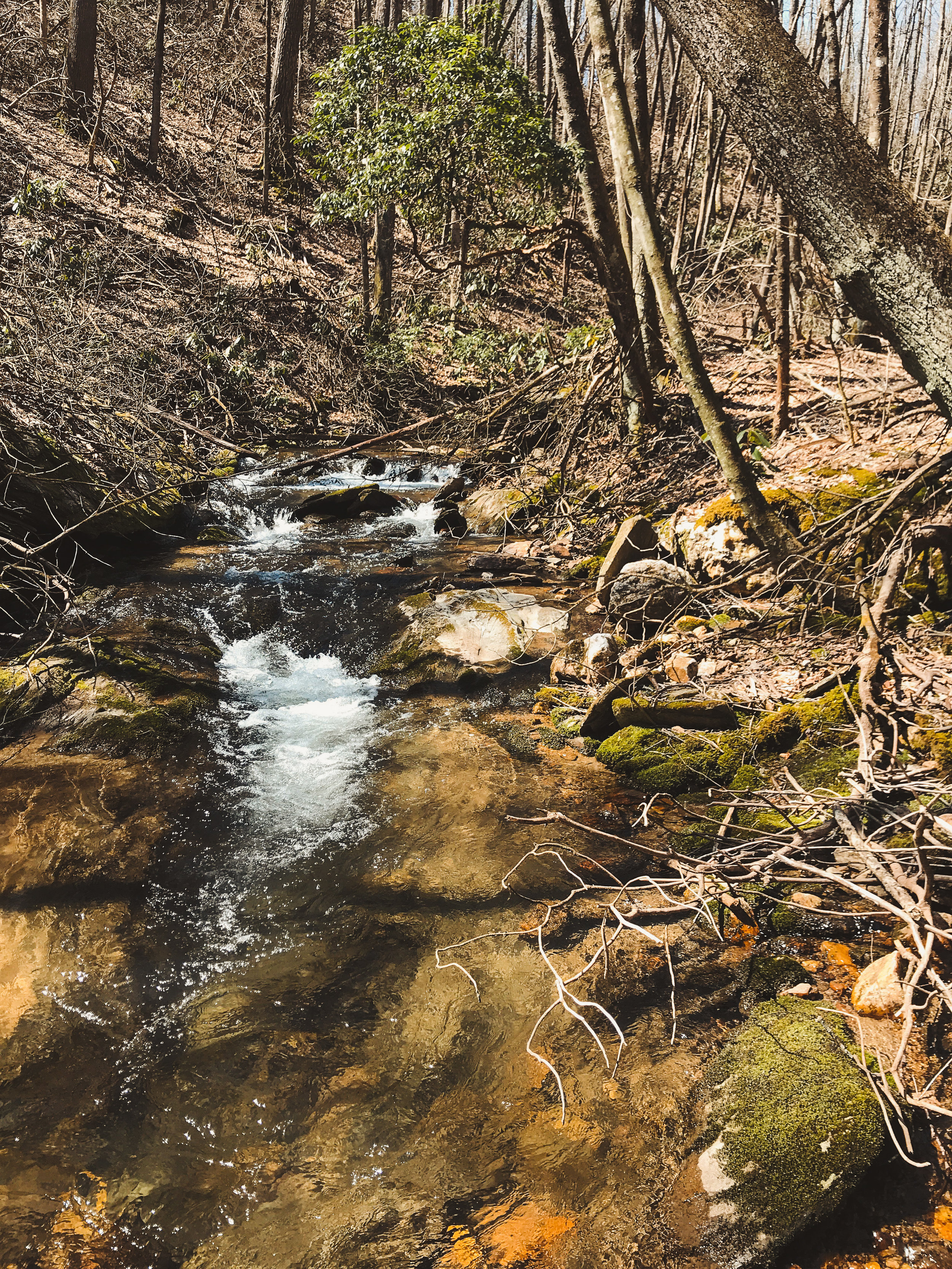
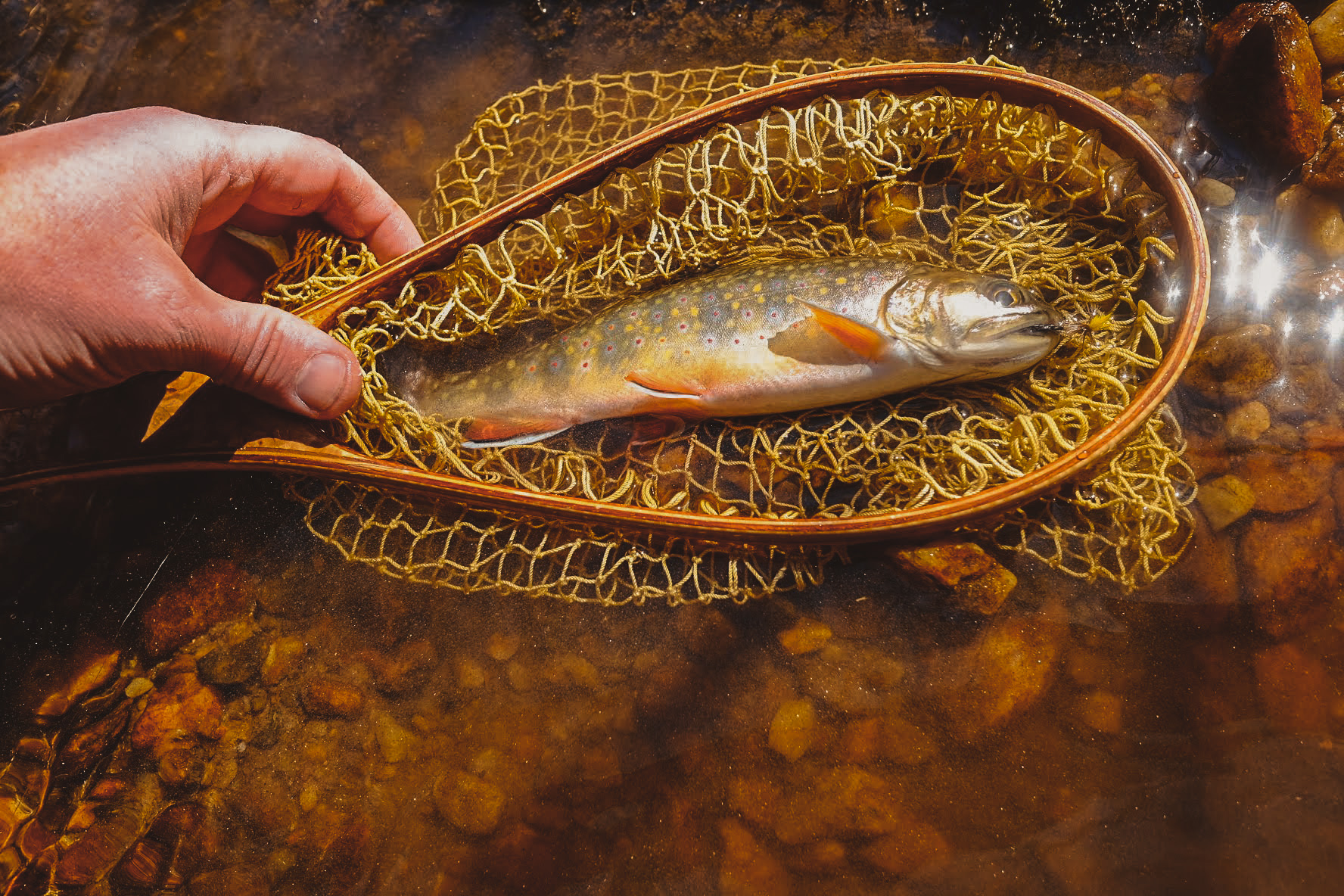

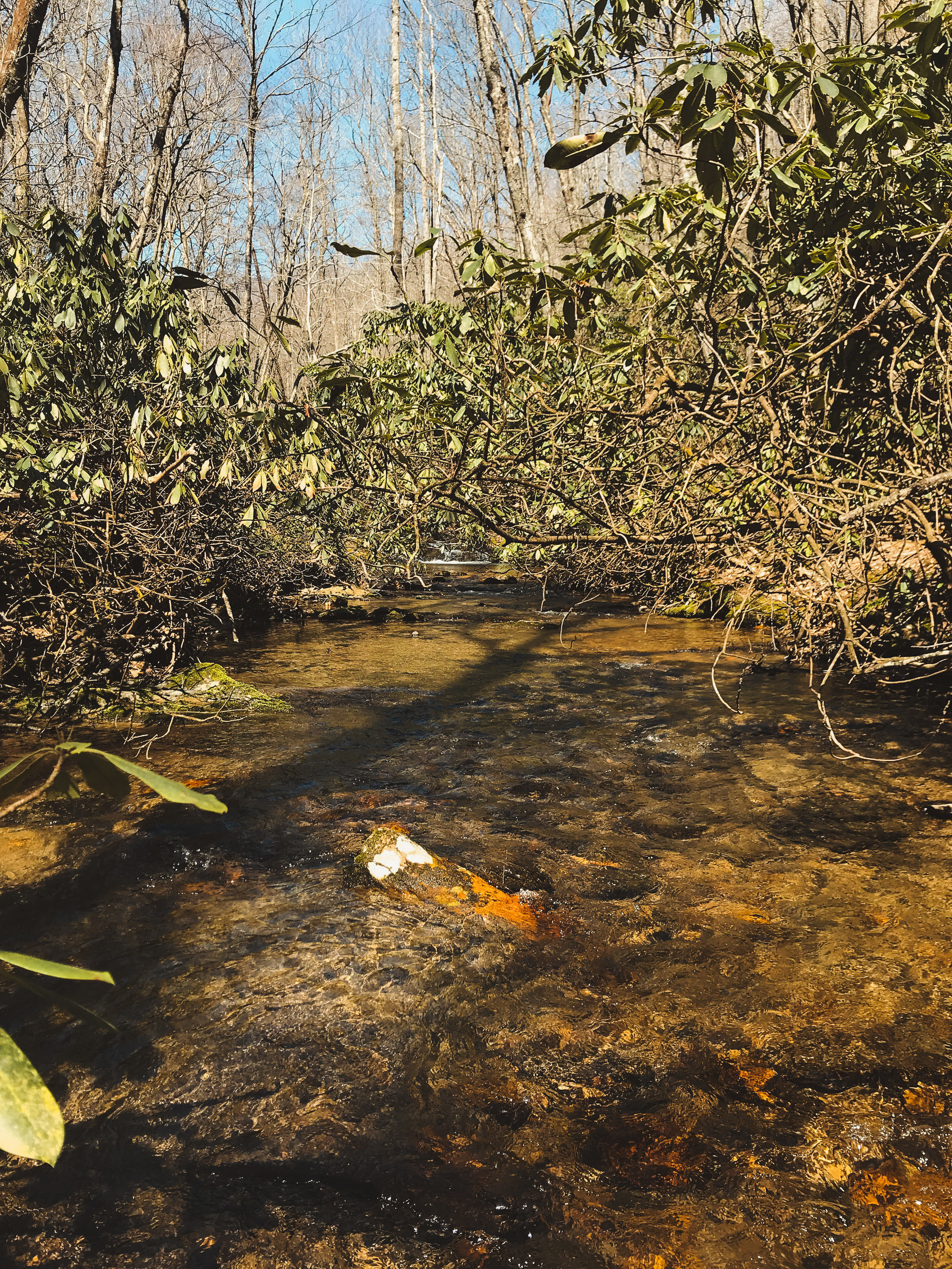

One 3-wt to Rule Them All (But You Still Have Choices)
Perfection, in the fly rod design business, is an amorphous and, ultimately, unattainable goal. A great taper is a great taper, and “advances” (in materials or design) usually also mean changes in the rod’s action.
That said, if you like what I have done with the Synthesis series, or if you have tried either of the 3-piece, 3-wt rods I have been building for the past several years, you are going to love the 4-piece version. It is a very subtle refinement, just a little “specialer.” Packing down into a tube that is just under 21 inches, it’s perfect for backpackers and frequent fliers.
I'll still be able to offer the 3-piece version on a limited basis but the main Blue Ridge Special will now be a 6'8", 3-wt, 4 piece small water dream rod. Roll casts, laser-accurate underhand, overhand, sidearm and—the more-often-than-not hybrid crude and effective casts—it does it all, with durability and panache. It’s like the joy is baked right into the rod. If you’re fishing the rod in the places it is made for, you'll still lose your Royal Wulffs and parachute ants to the grabby rhododendron, overhanging sycamores, and deadfalls. That’s on you.
